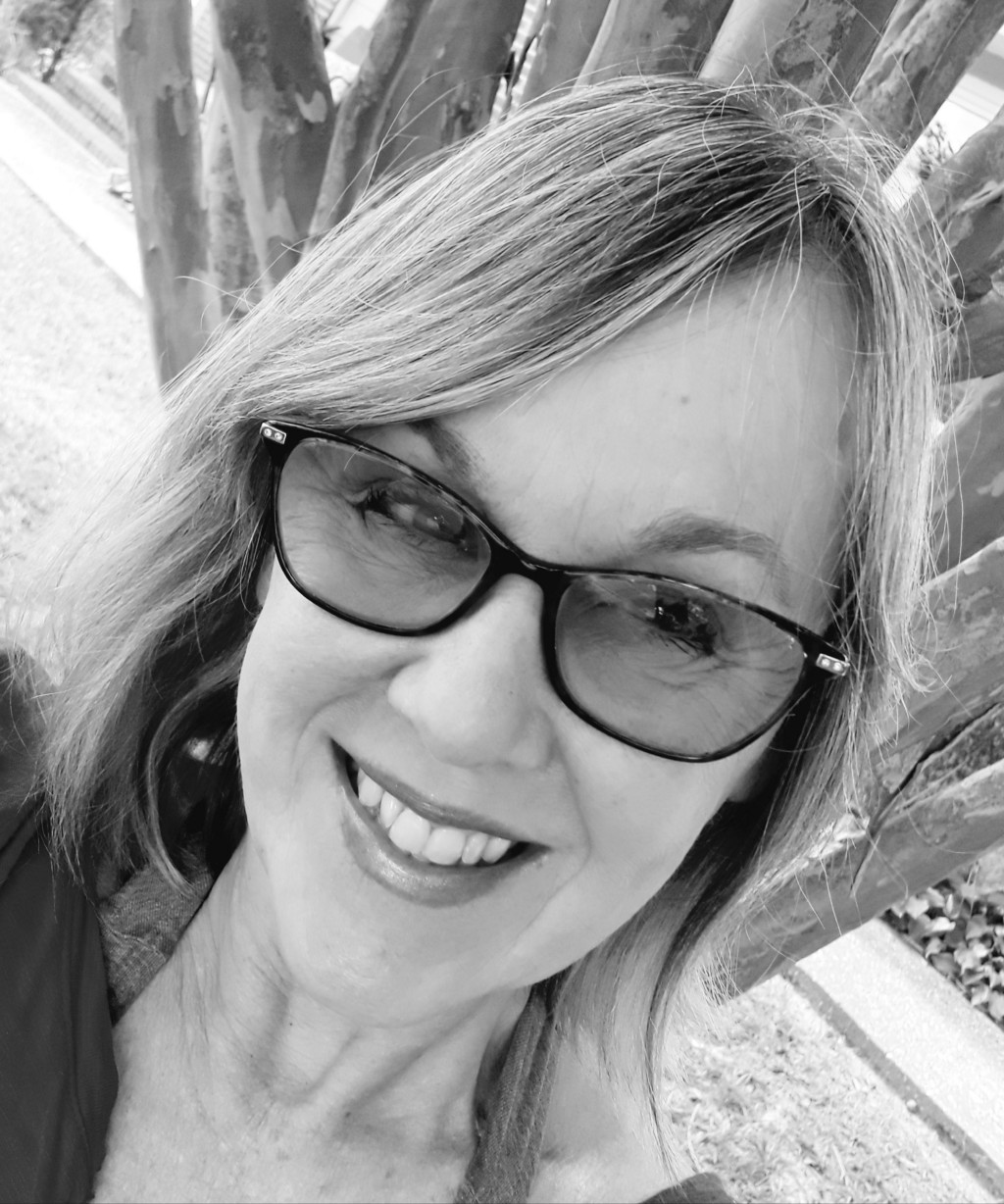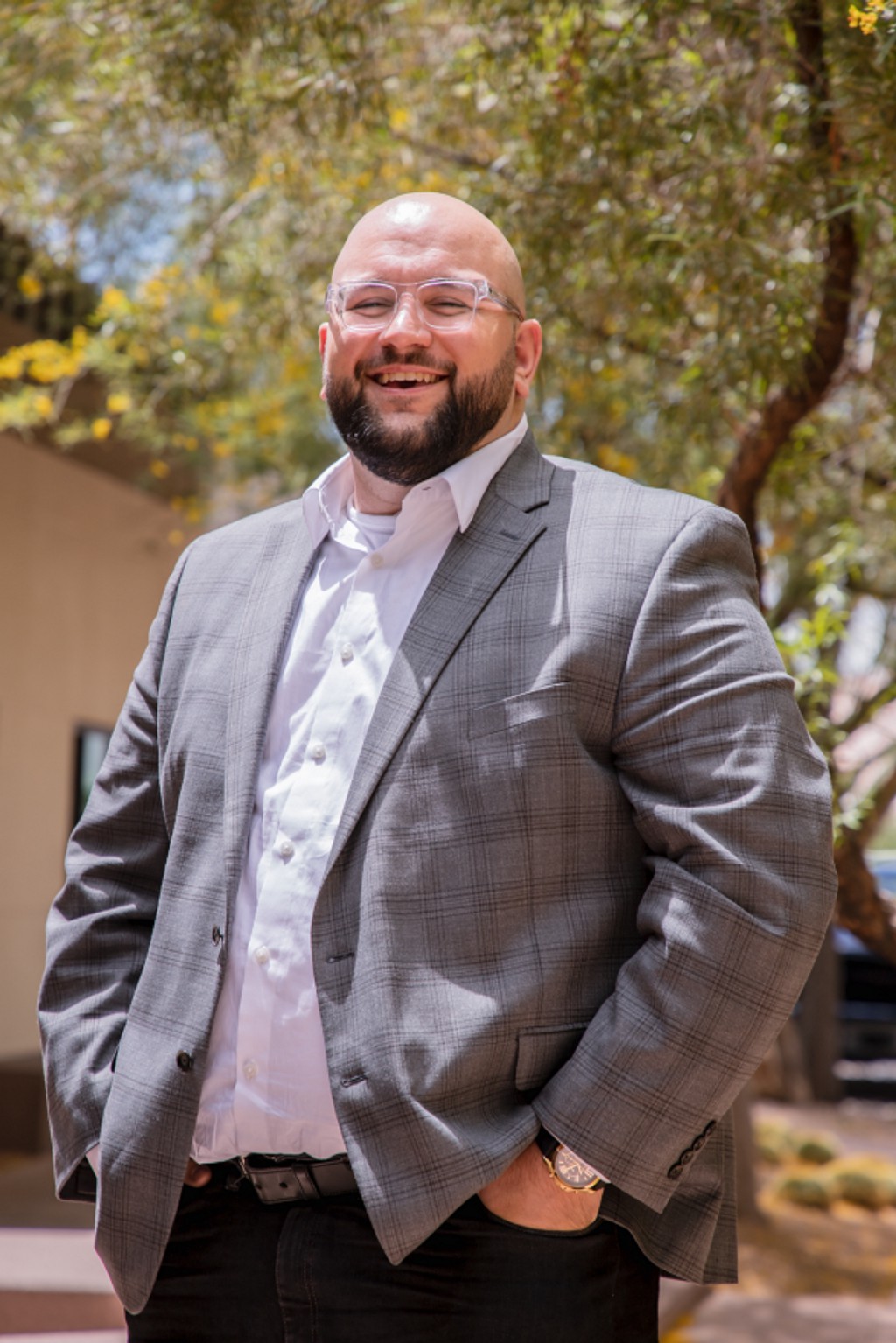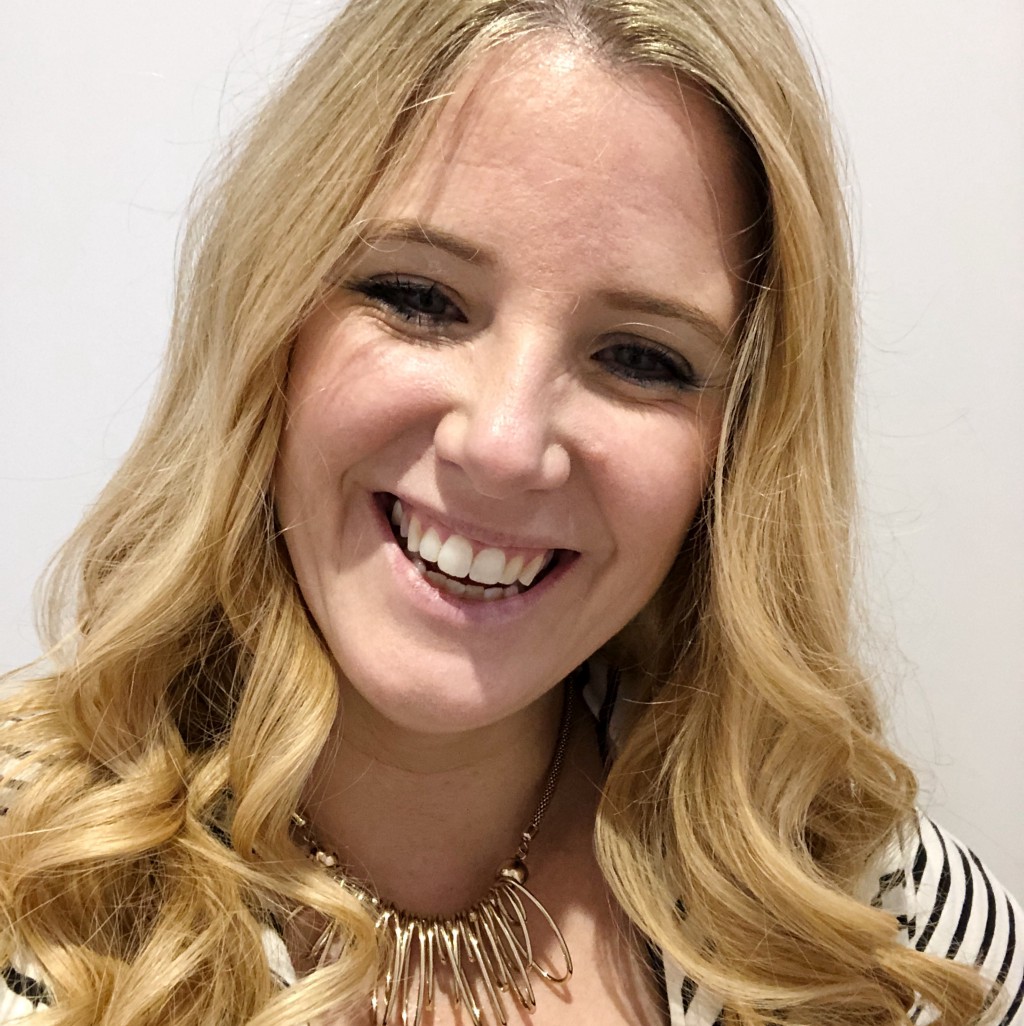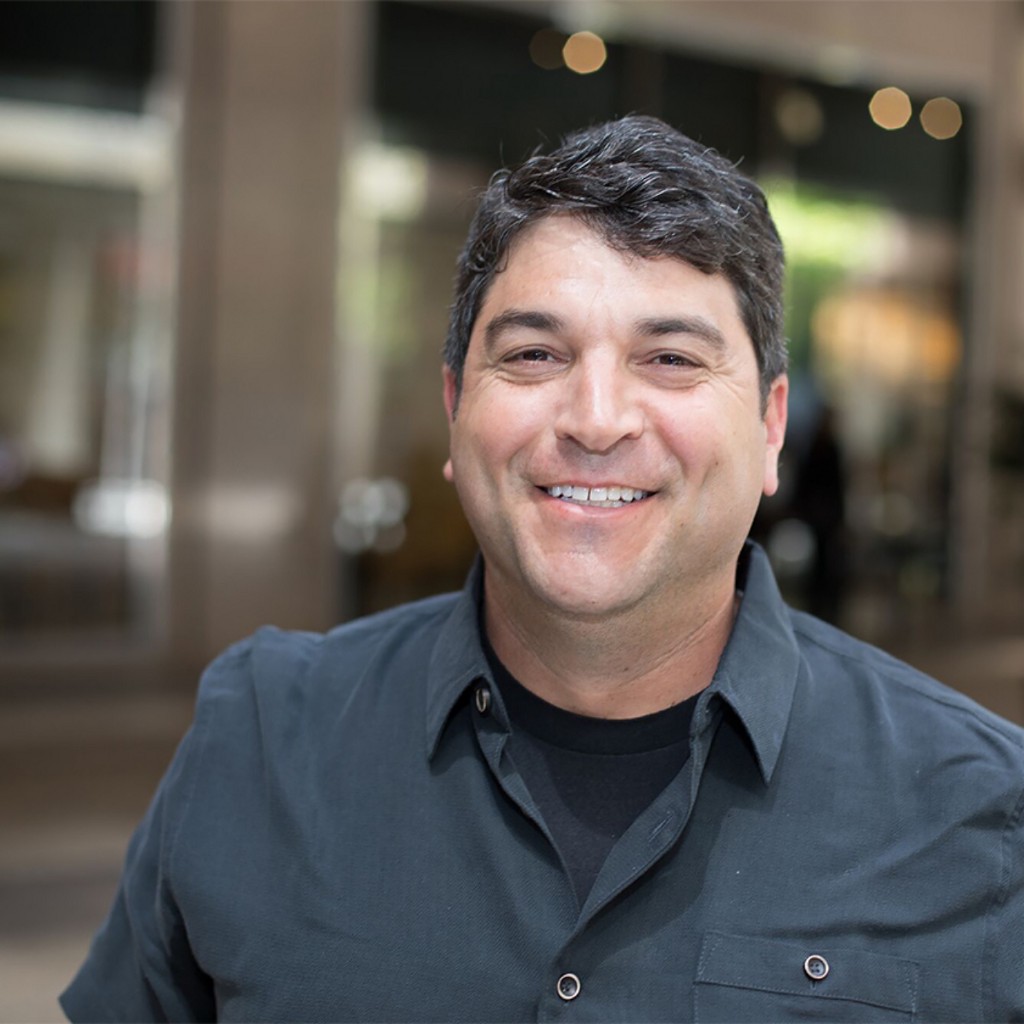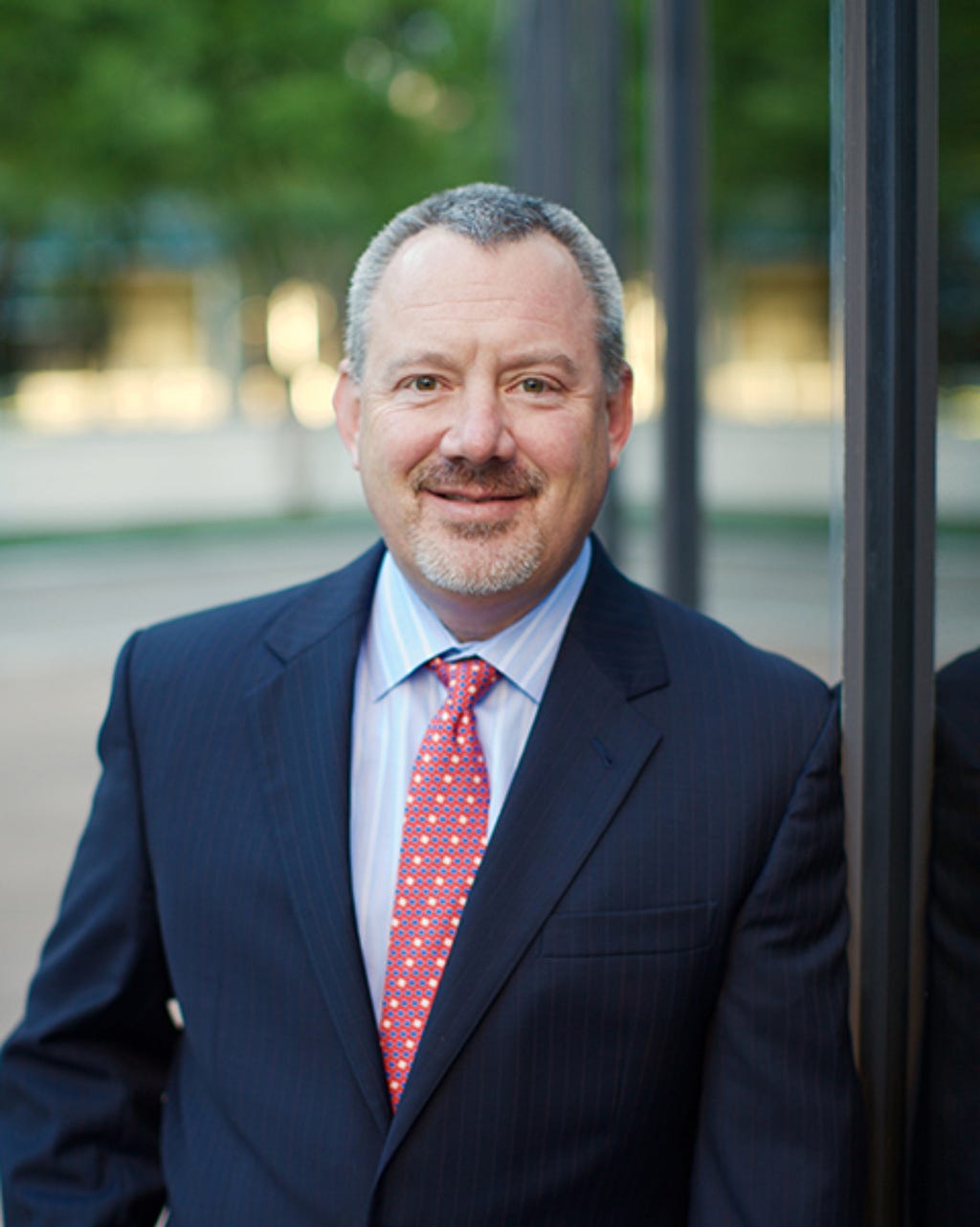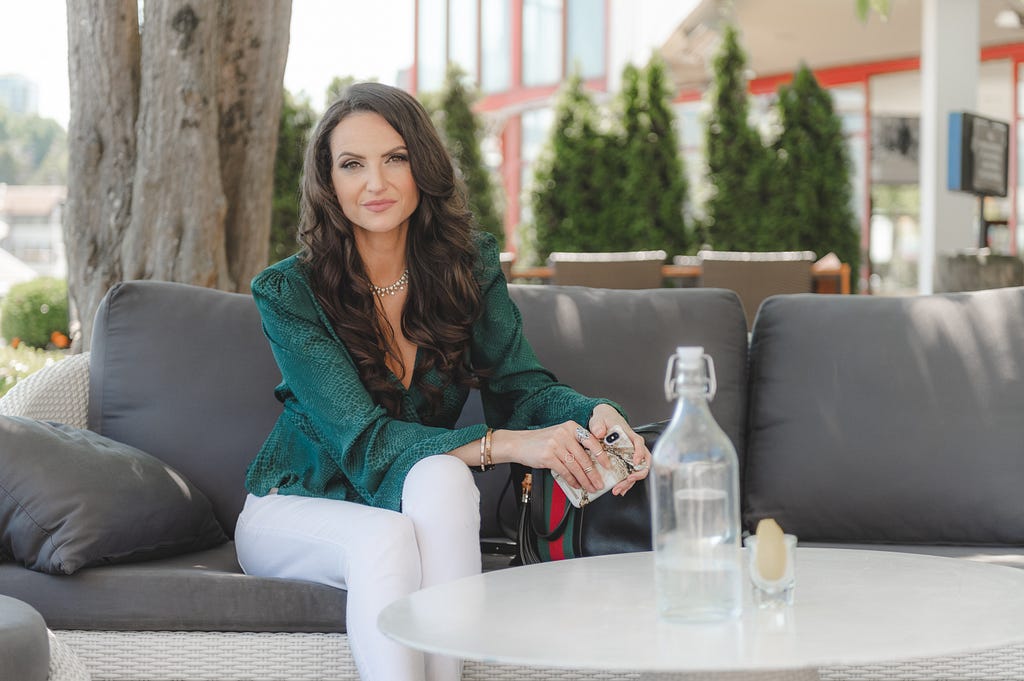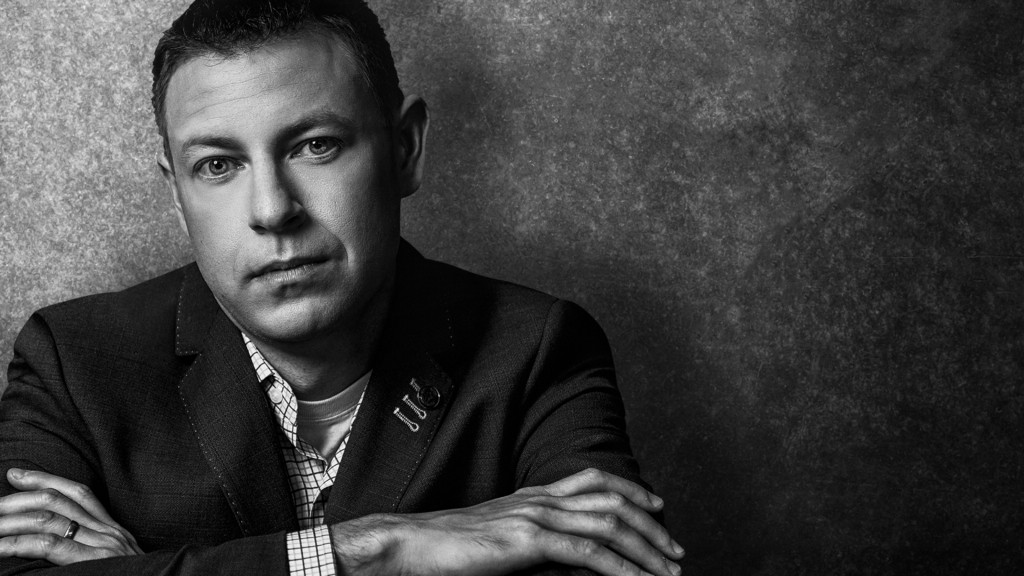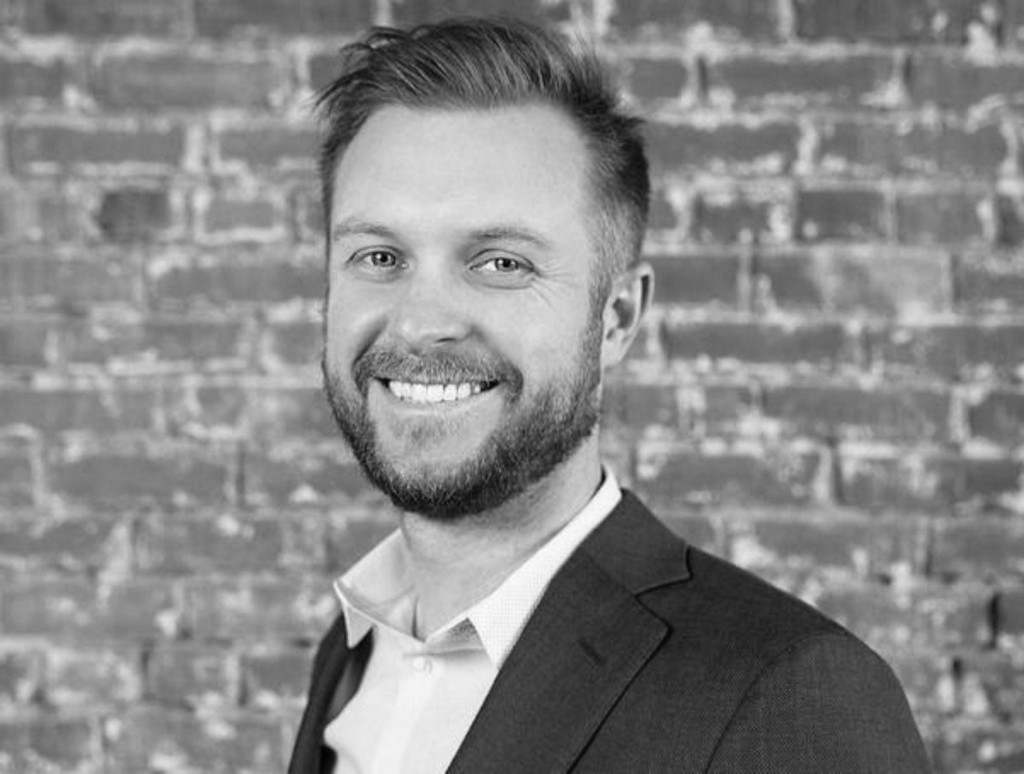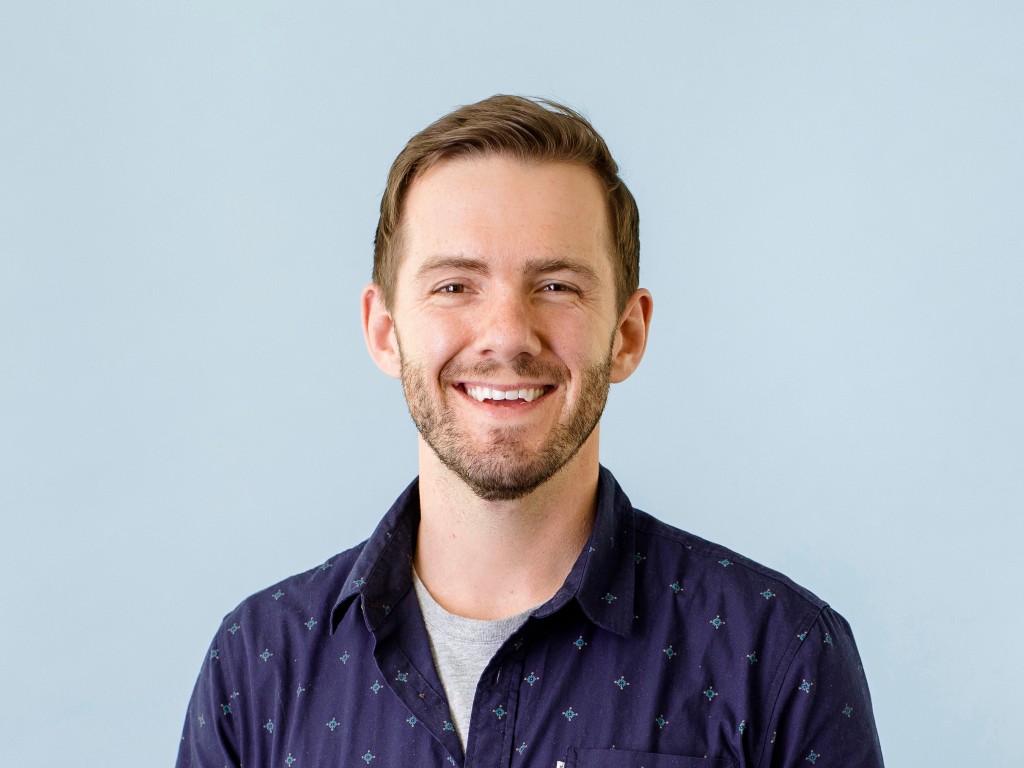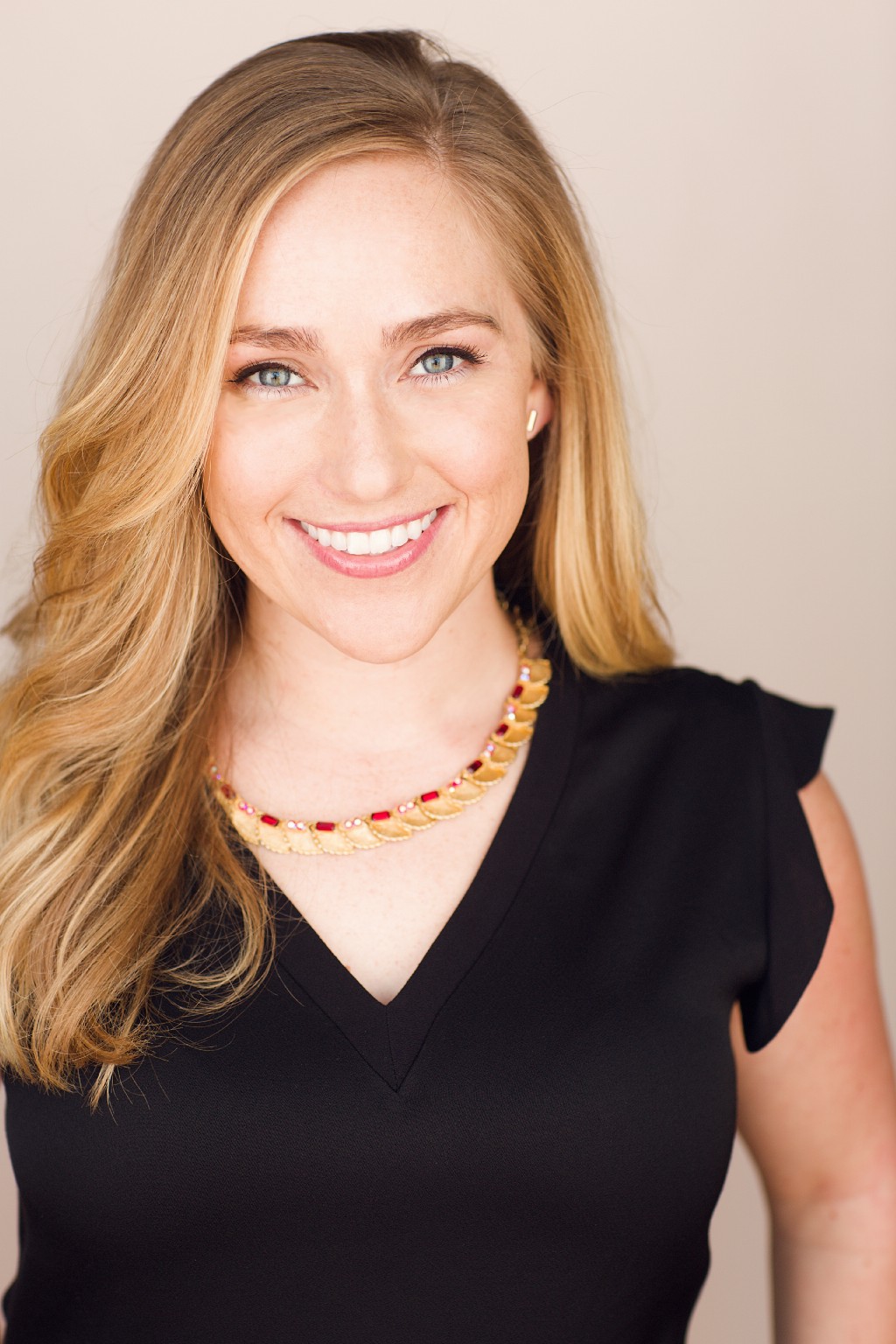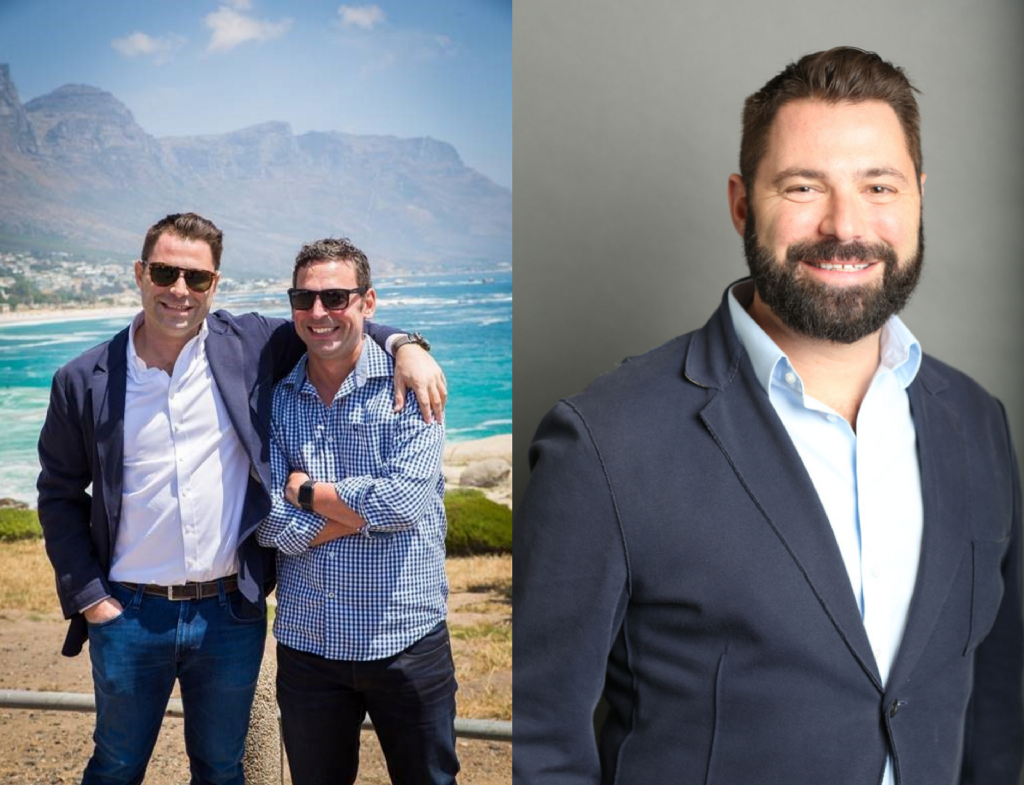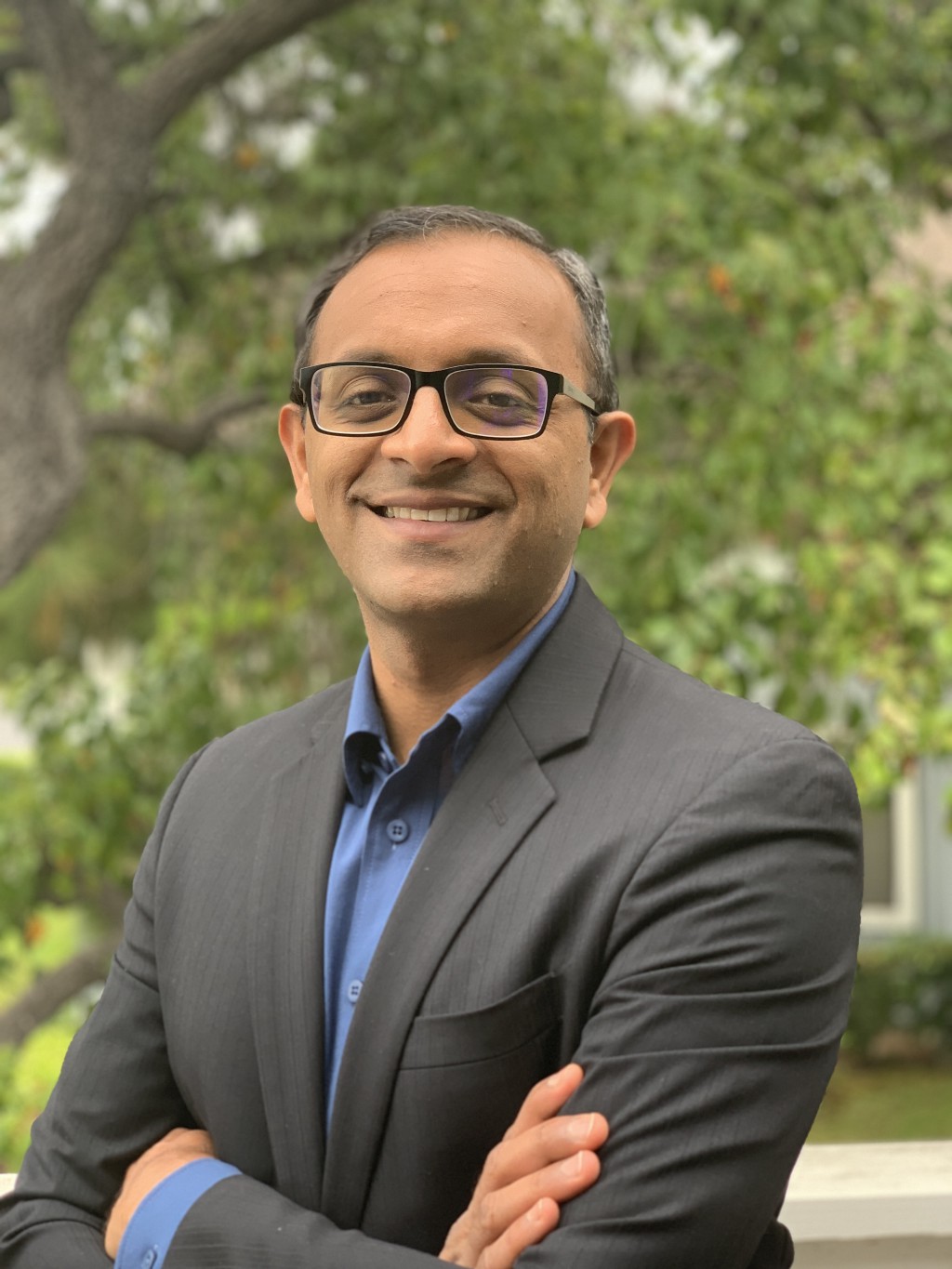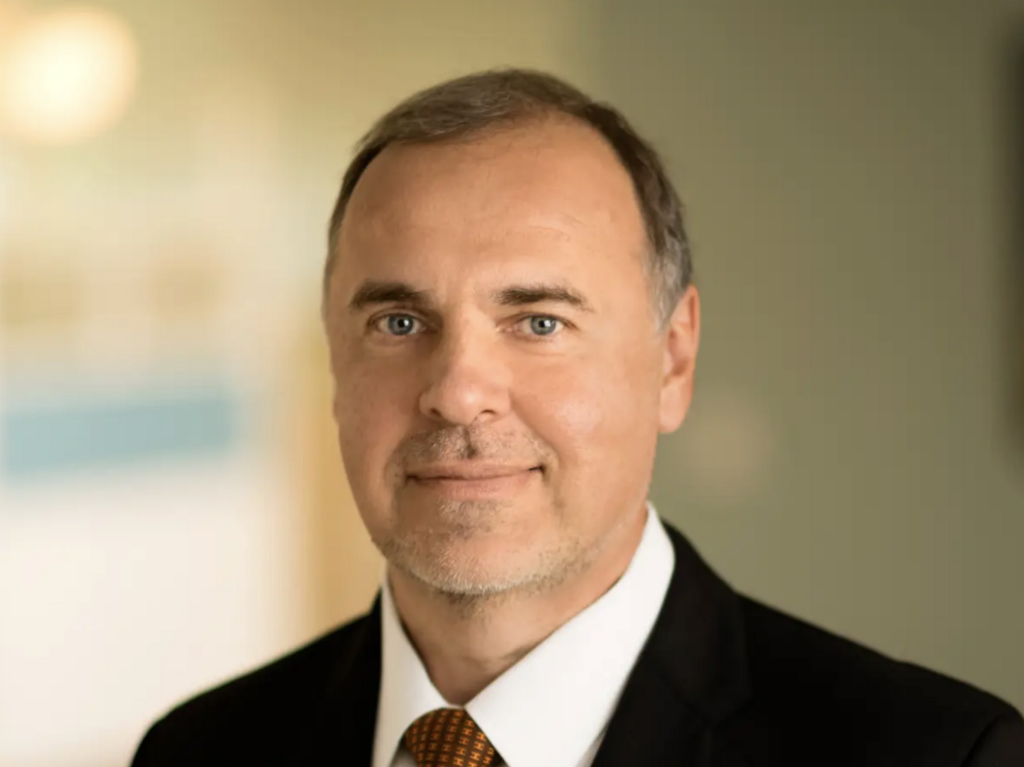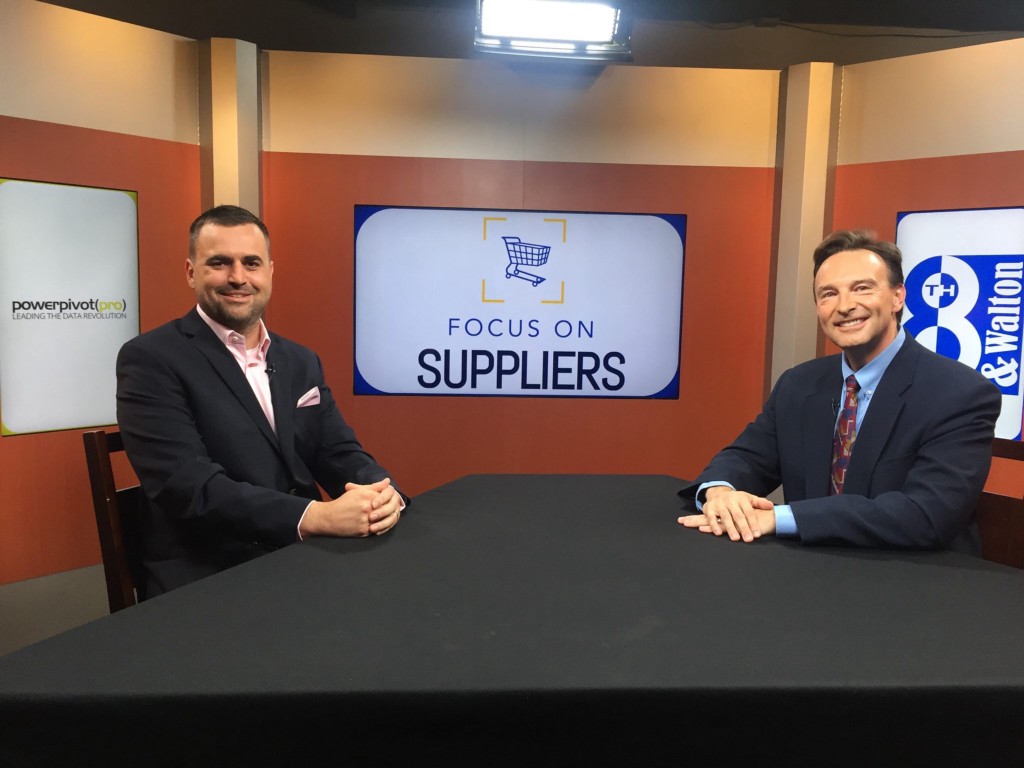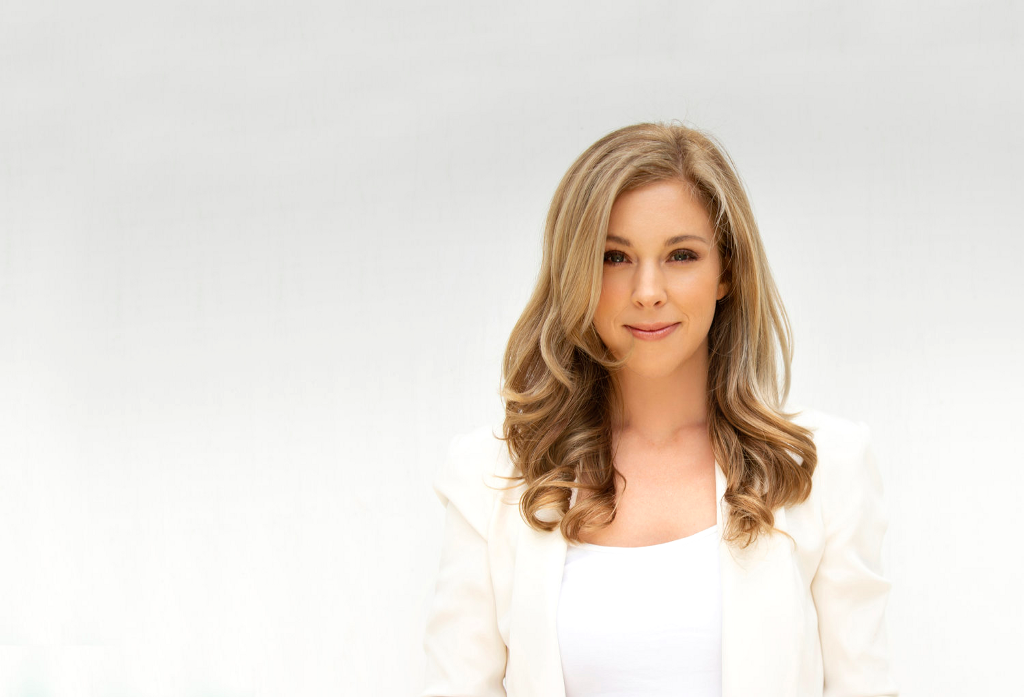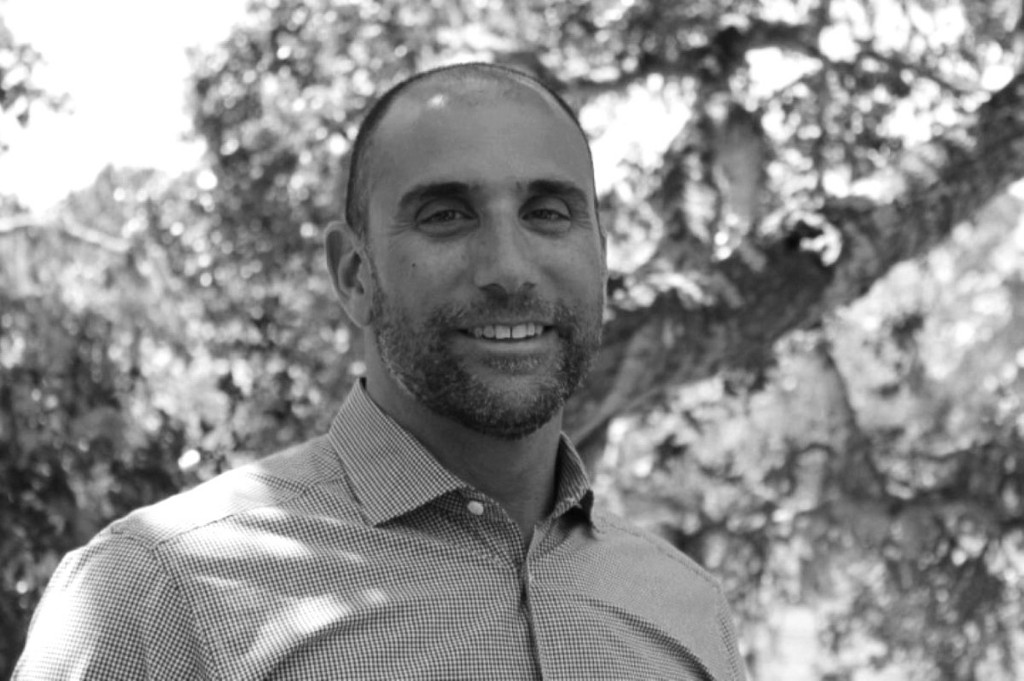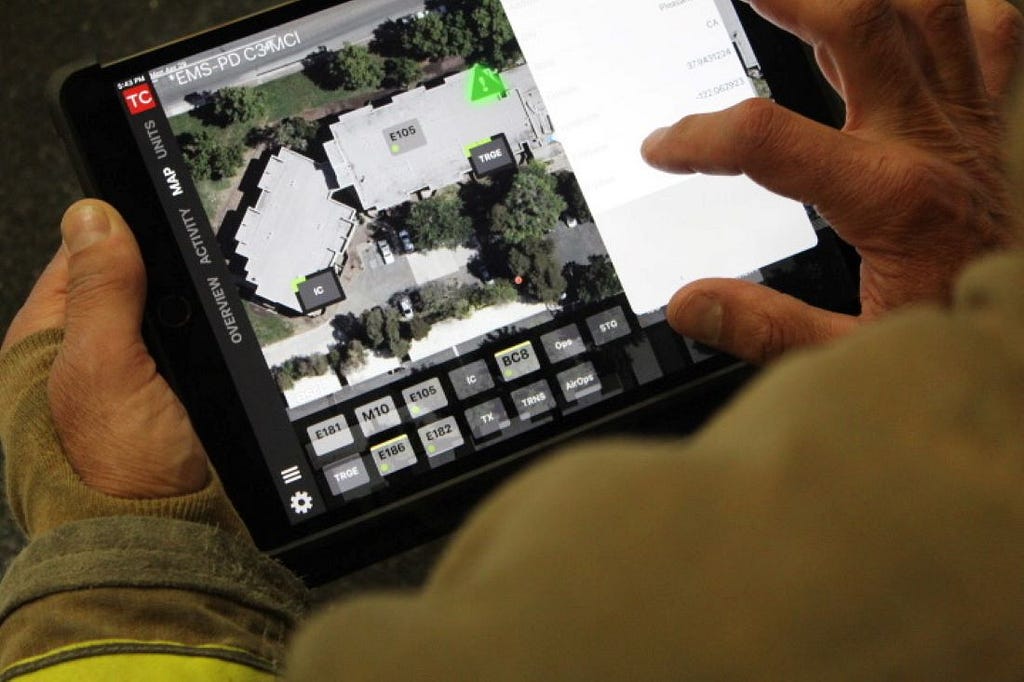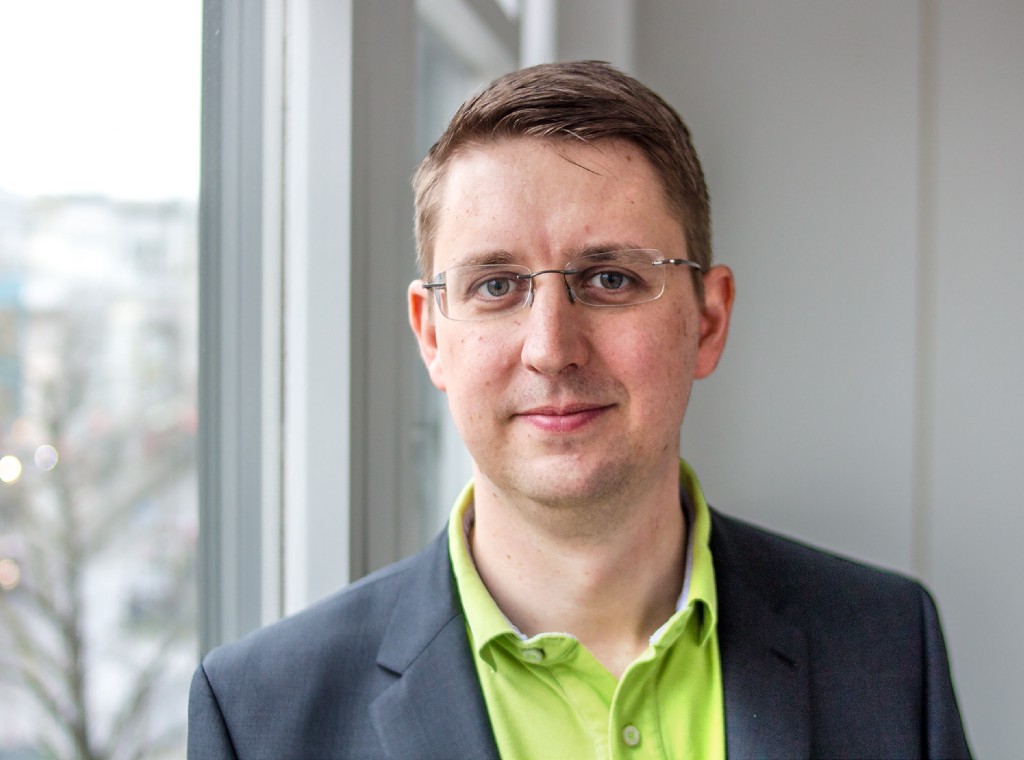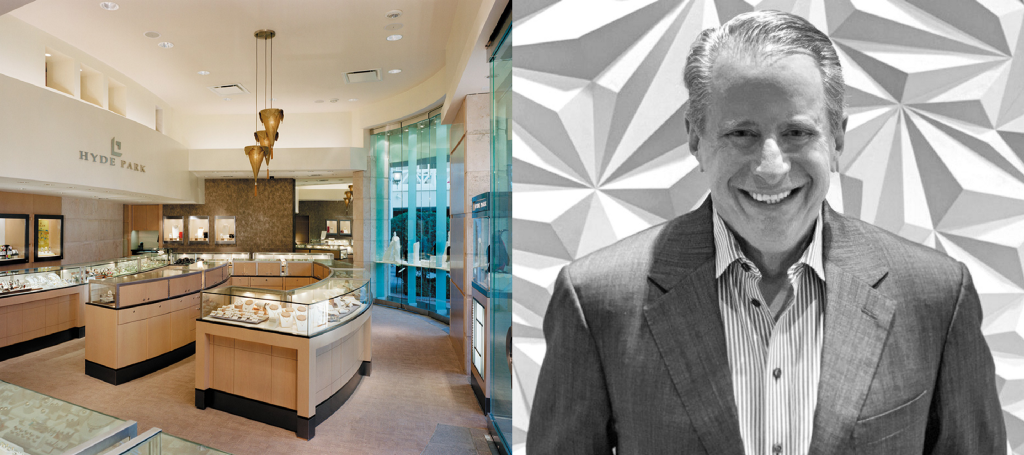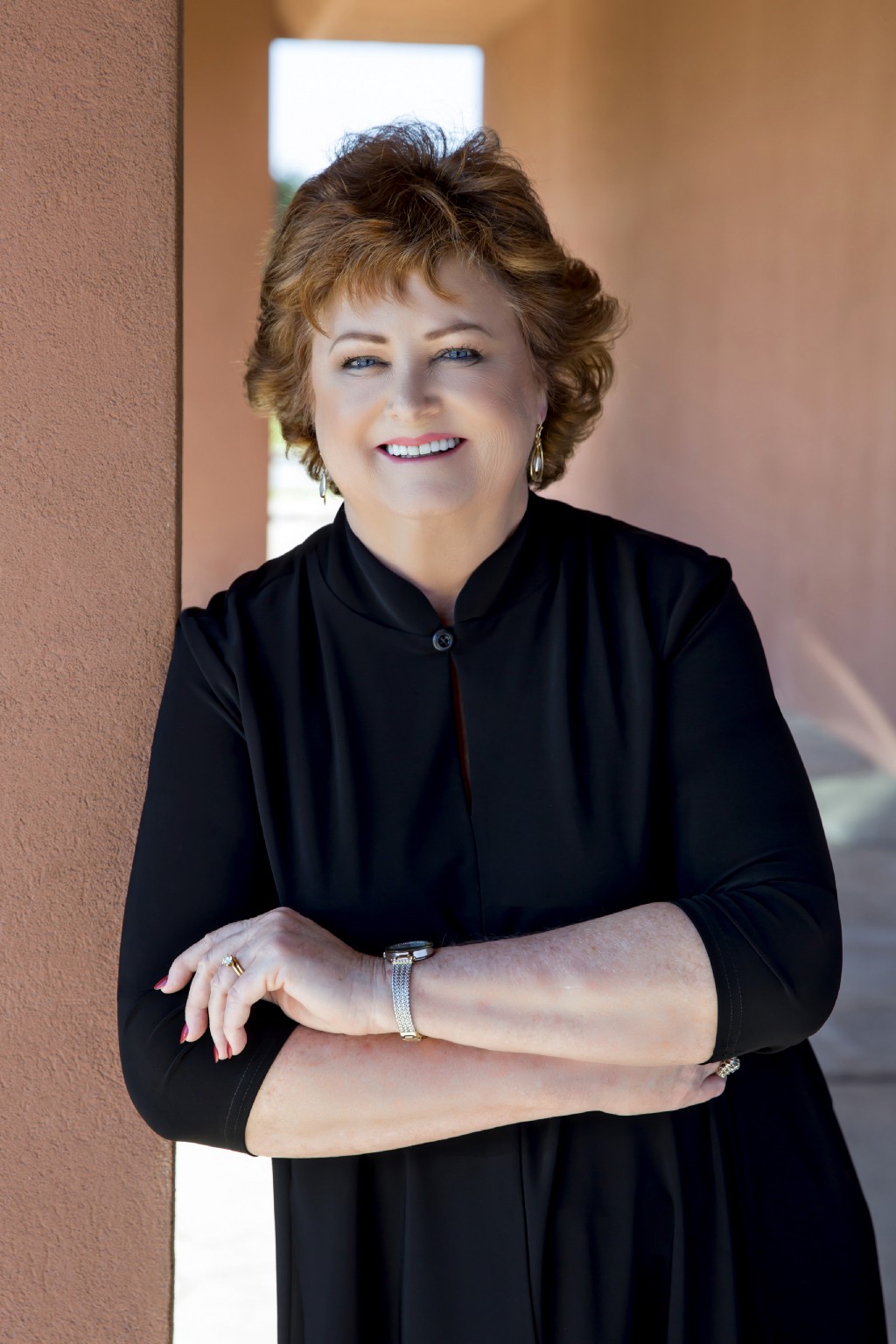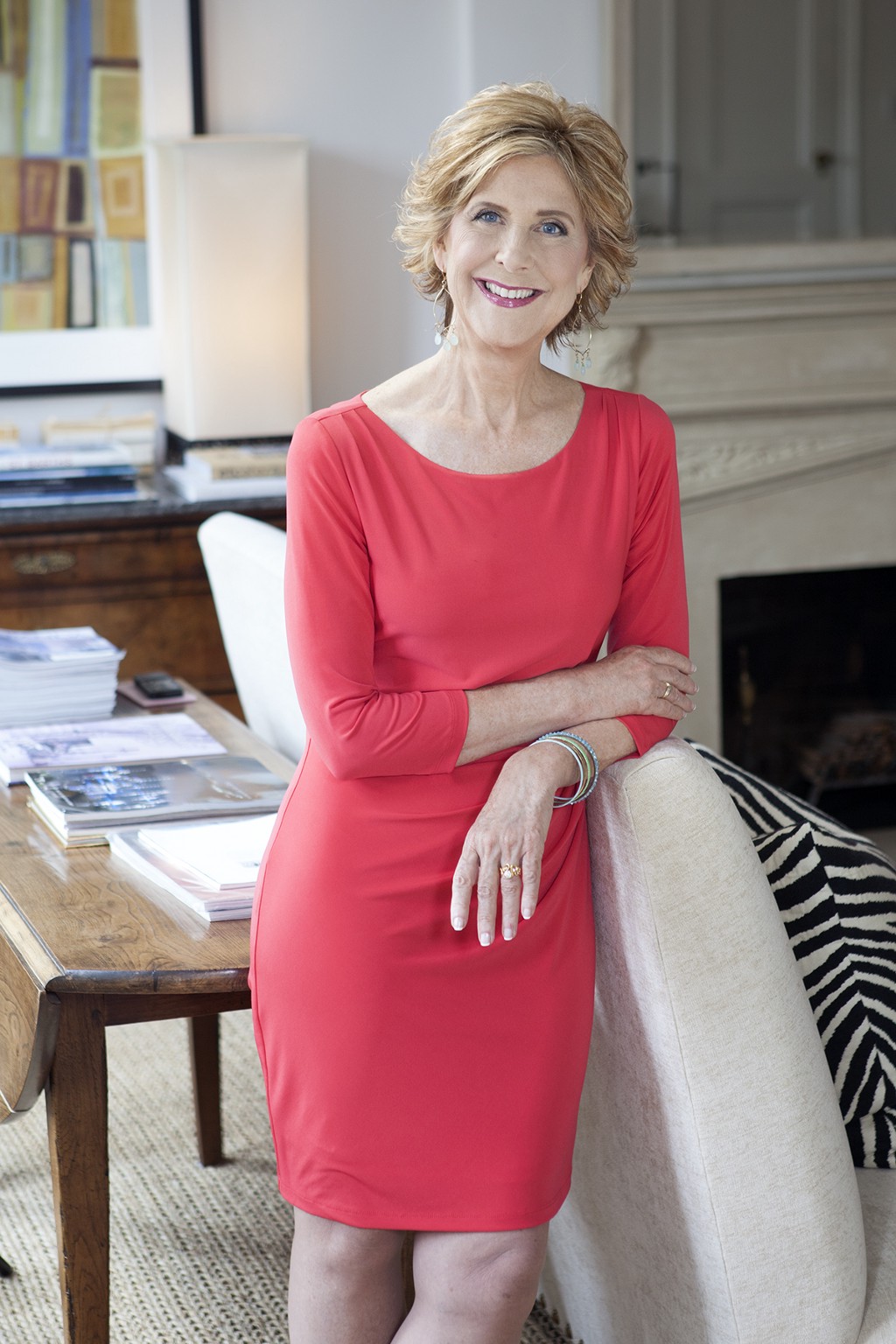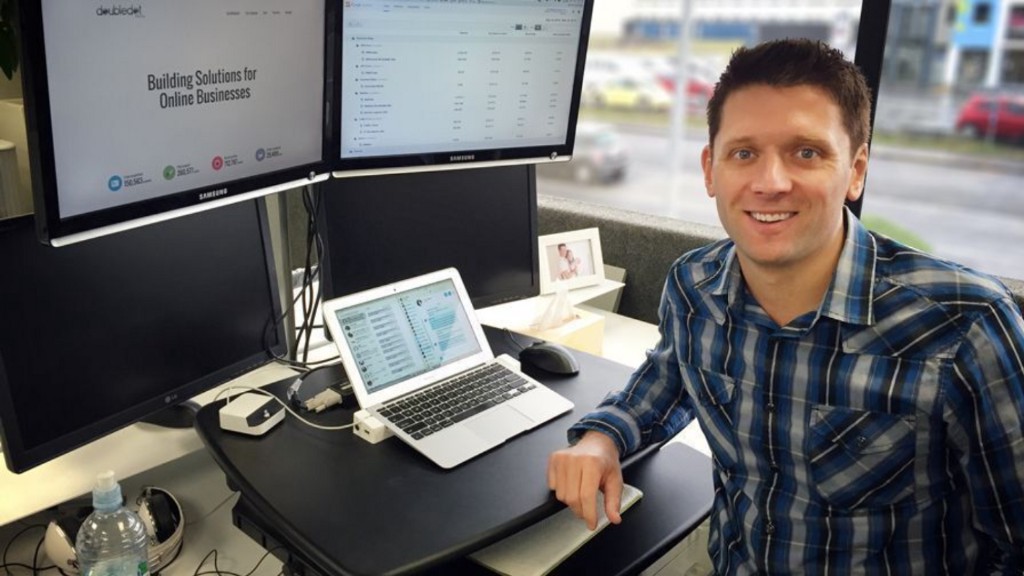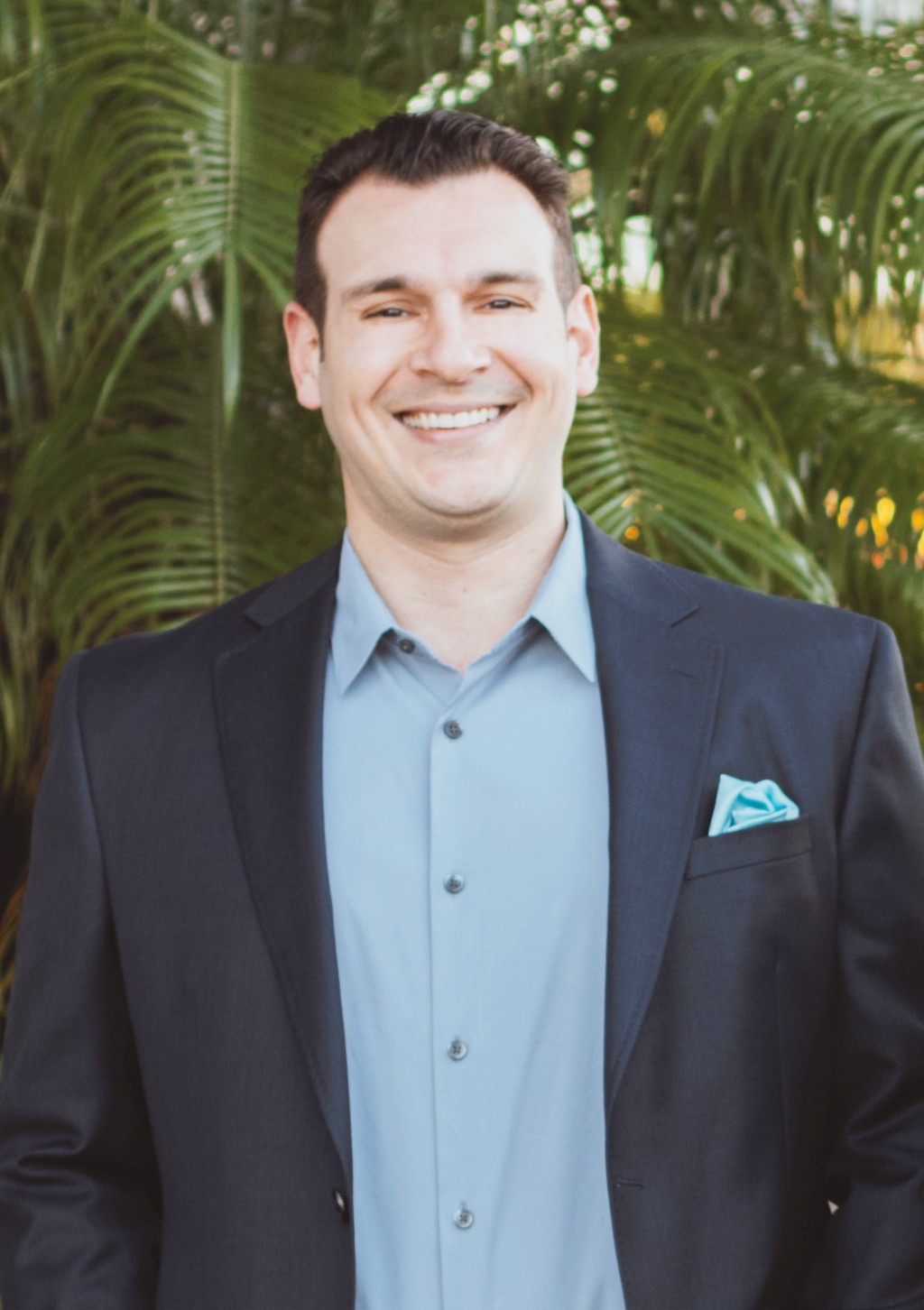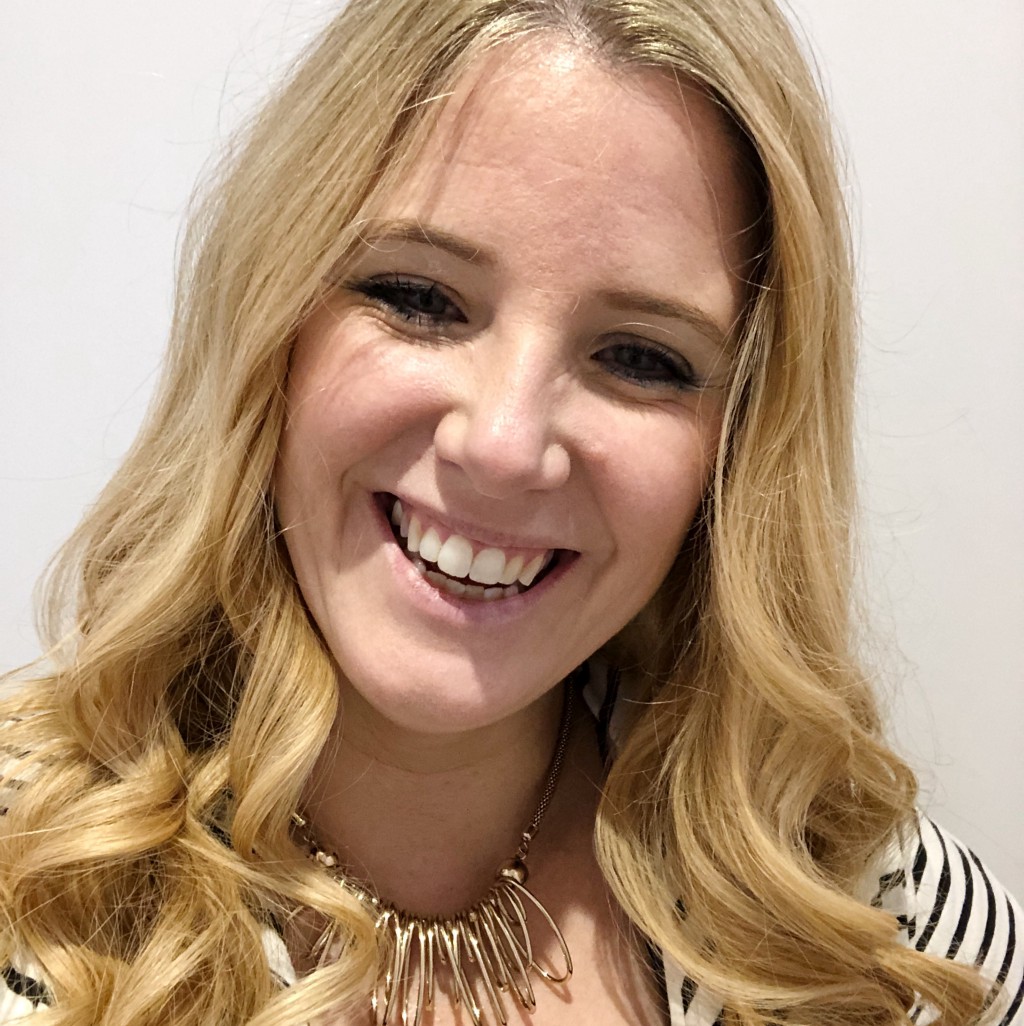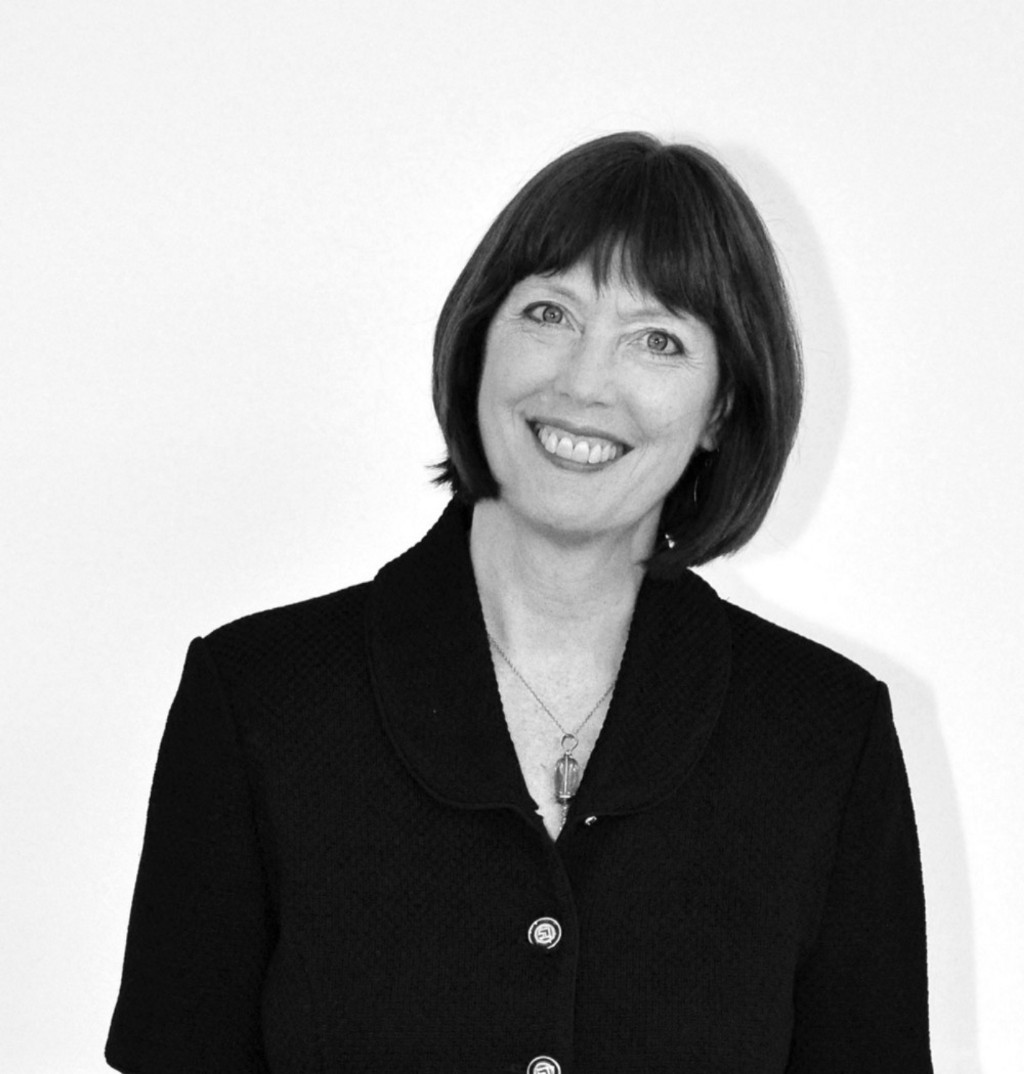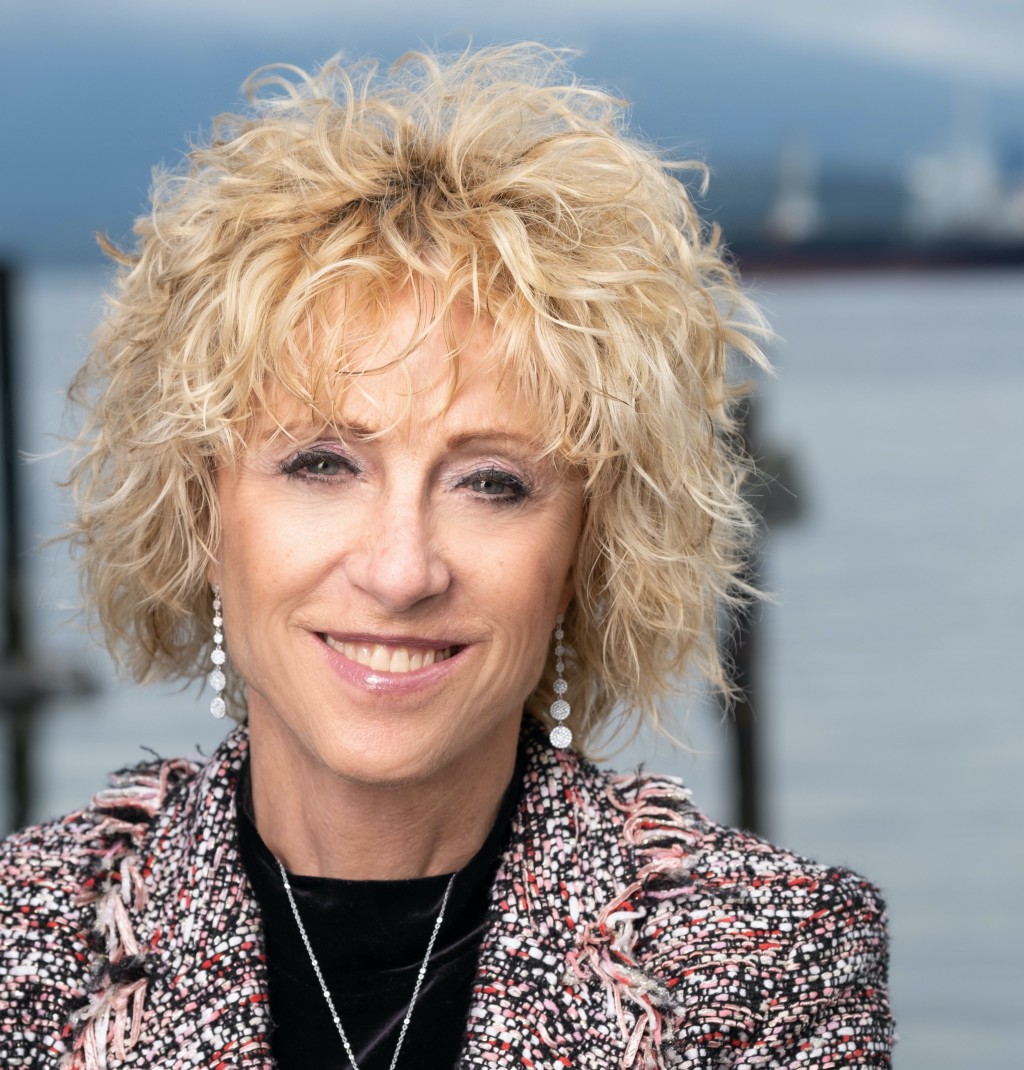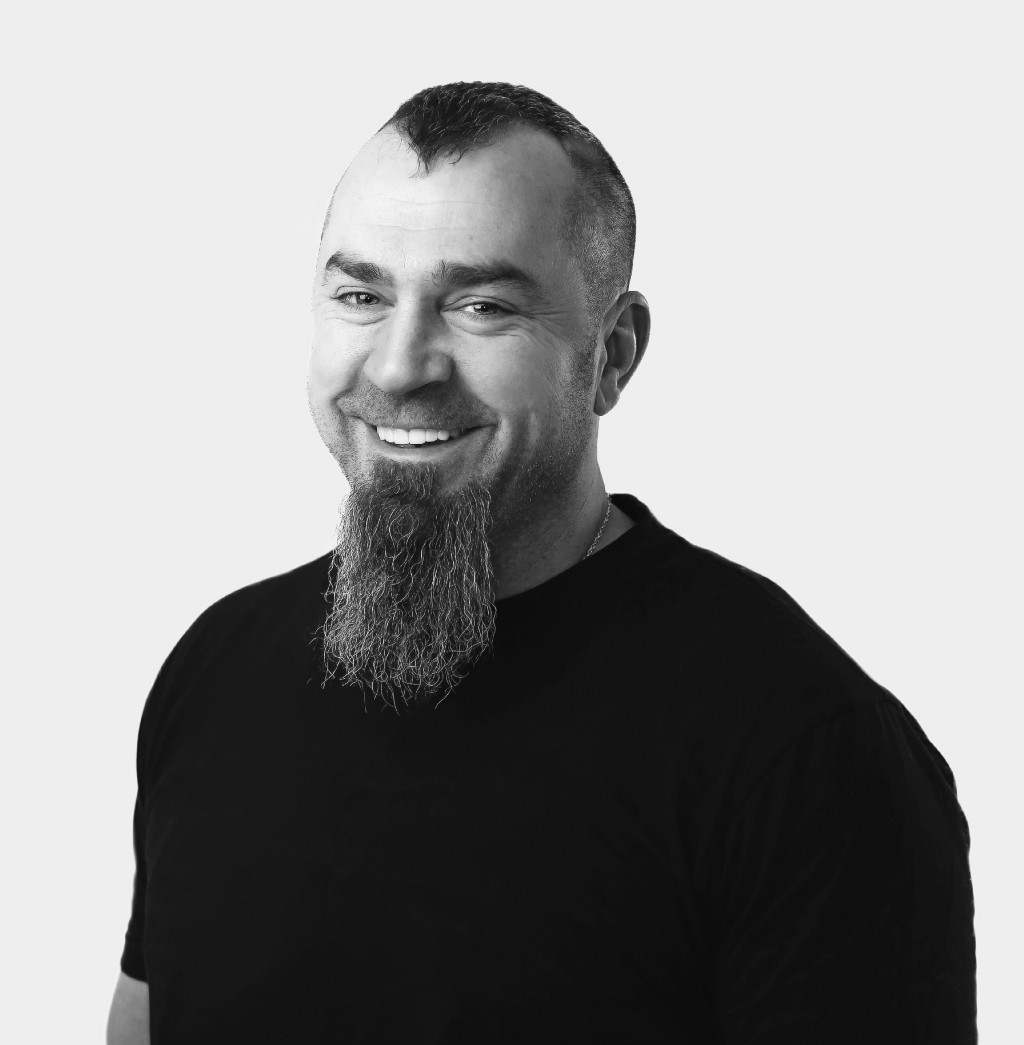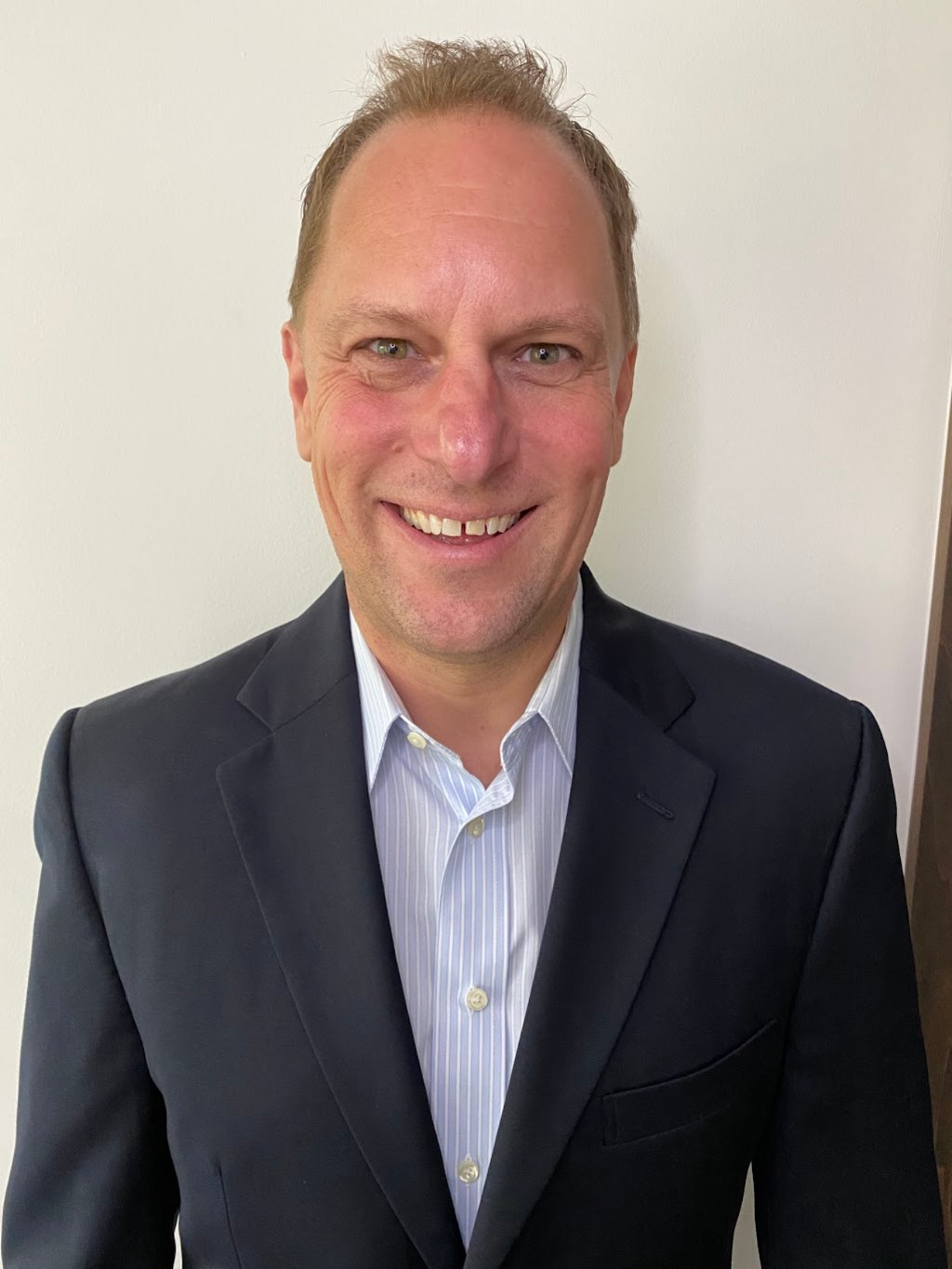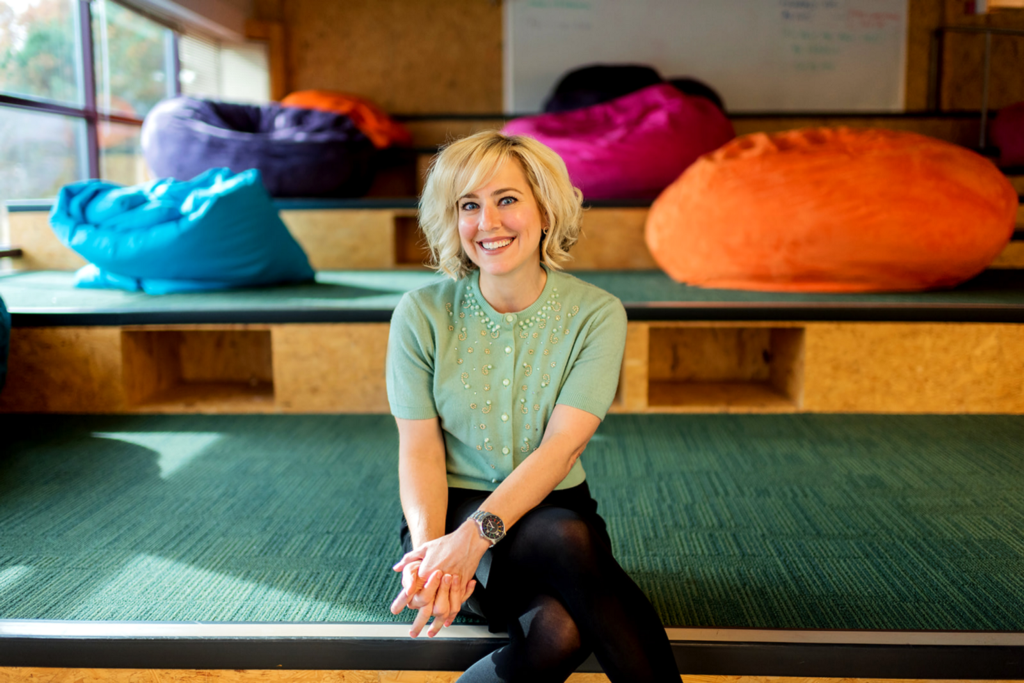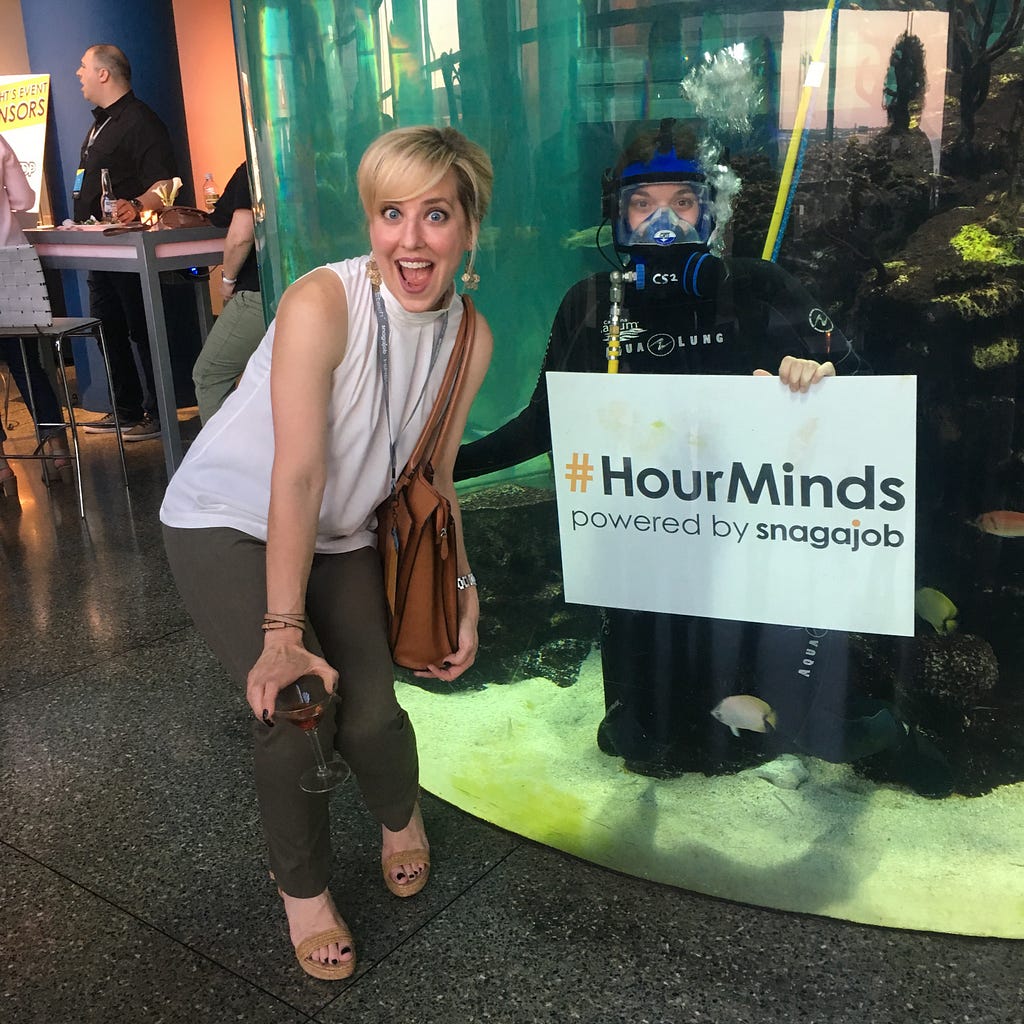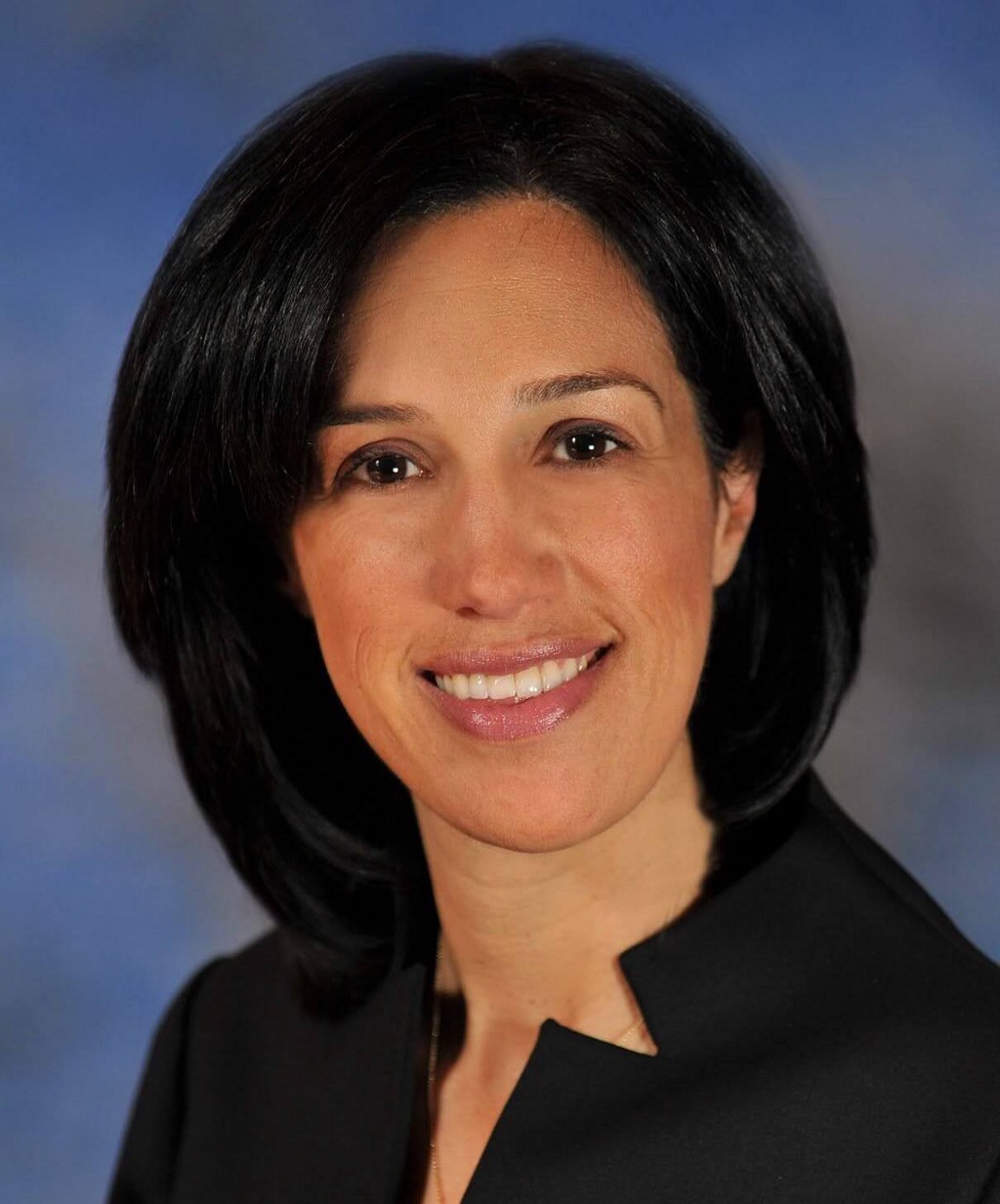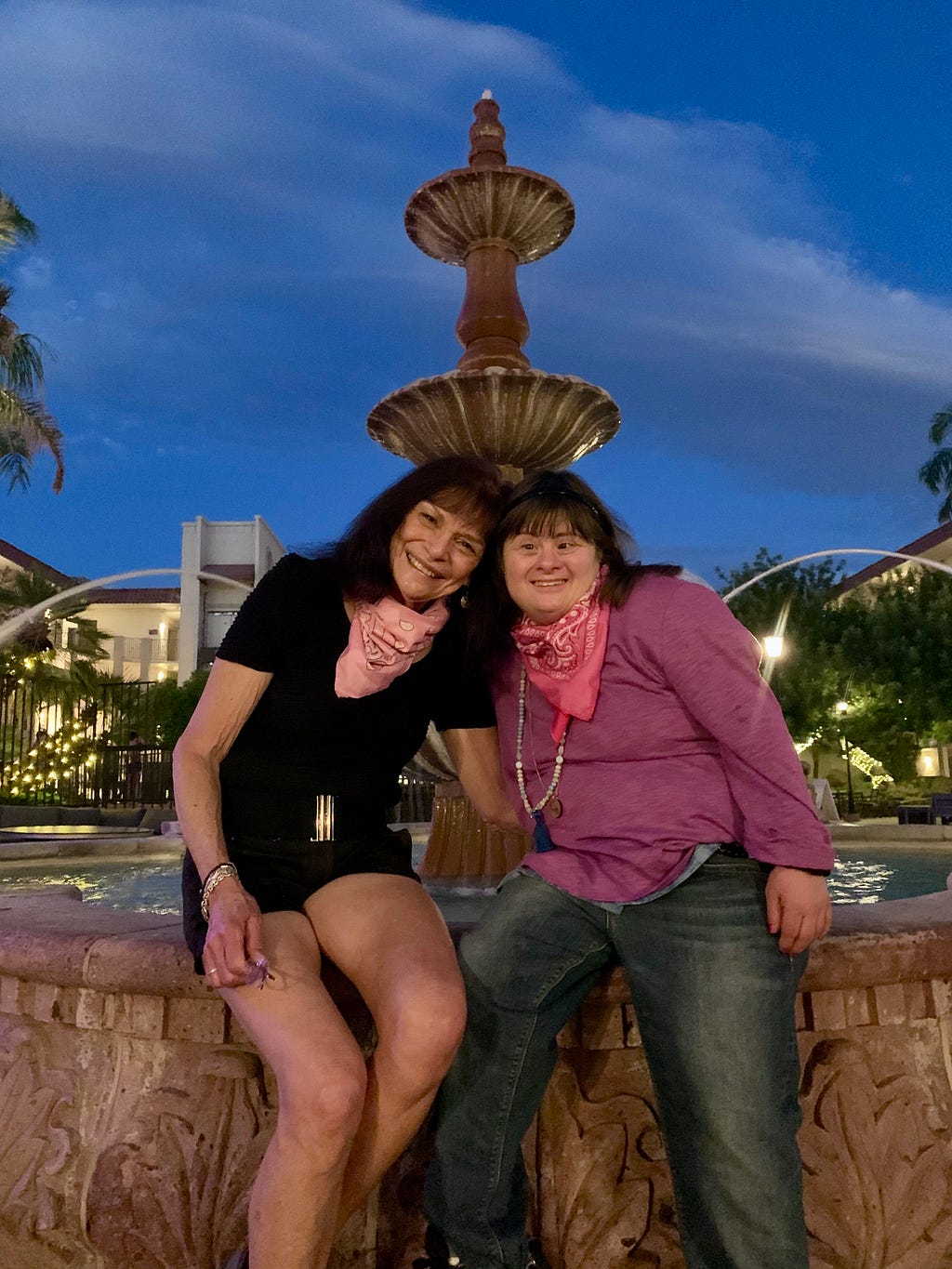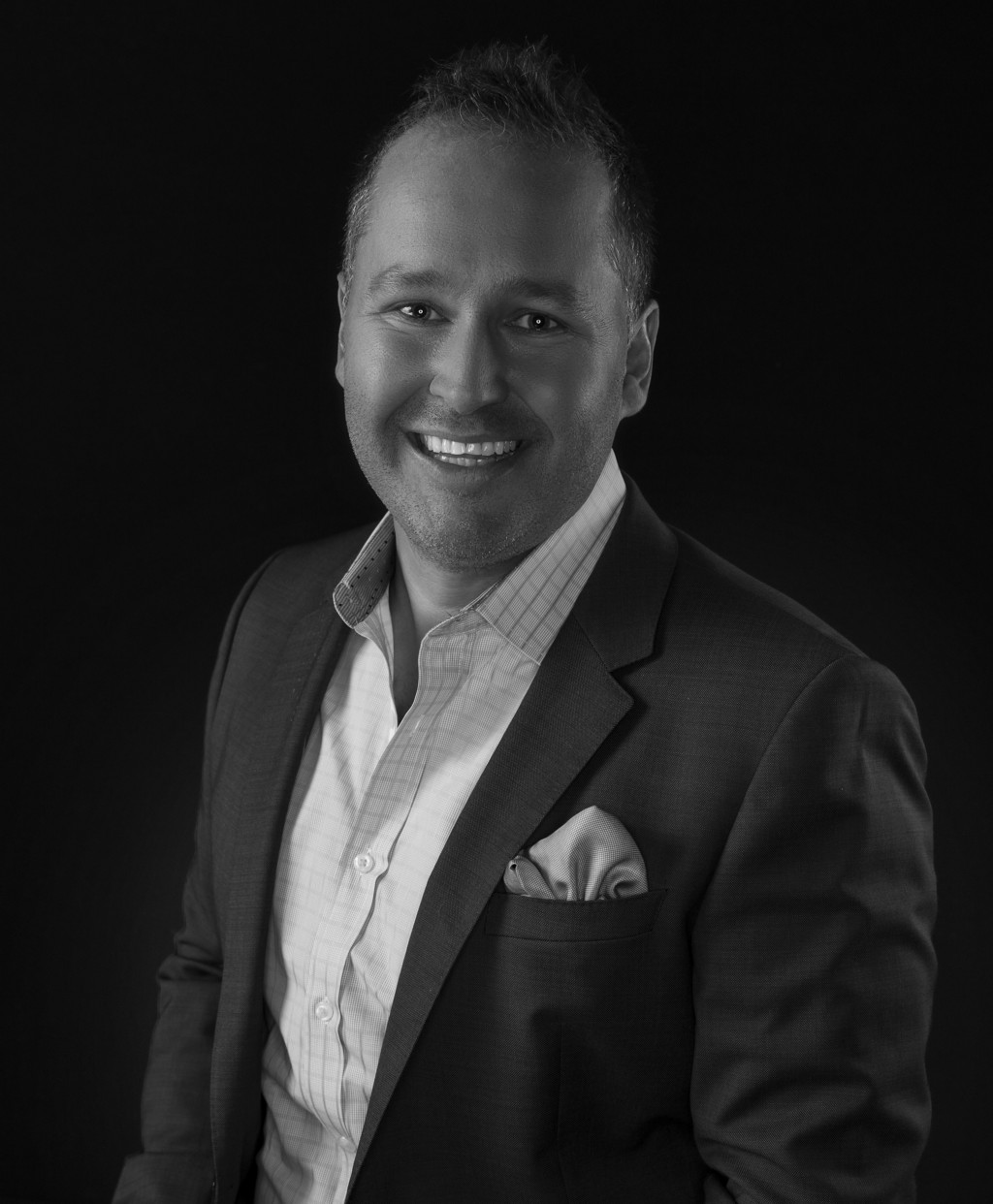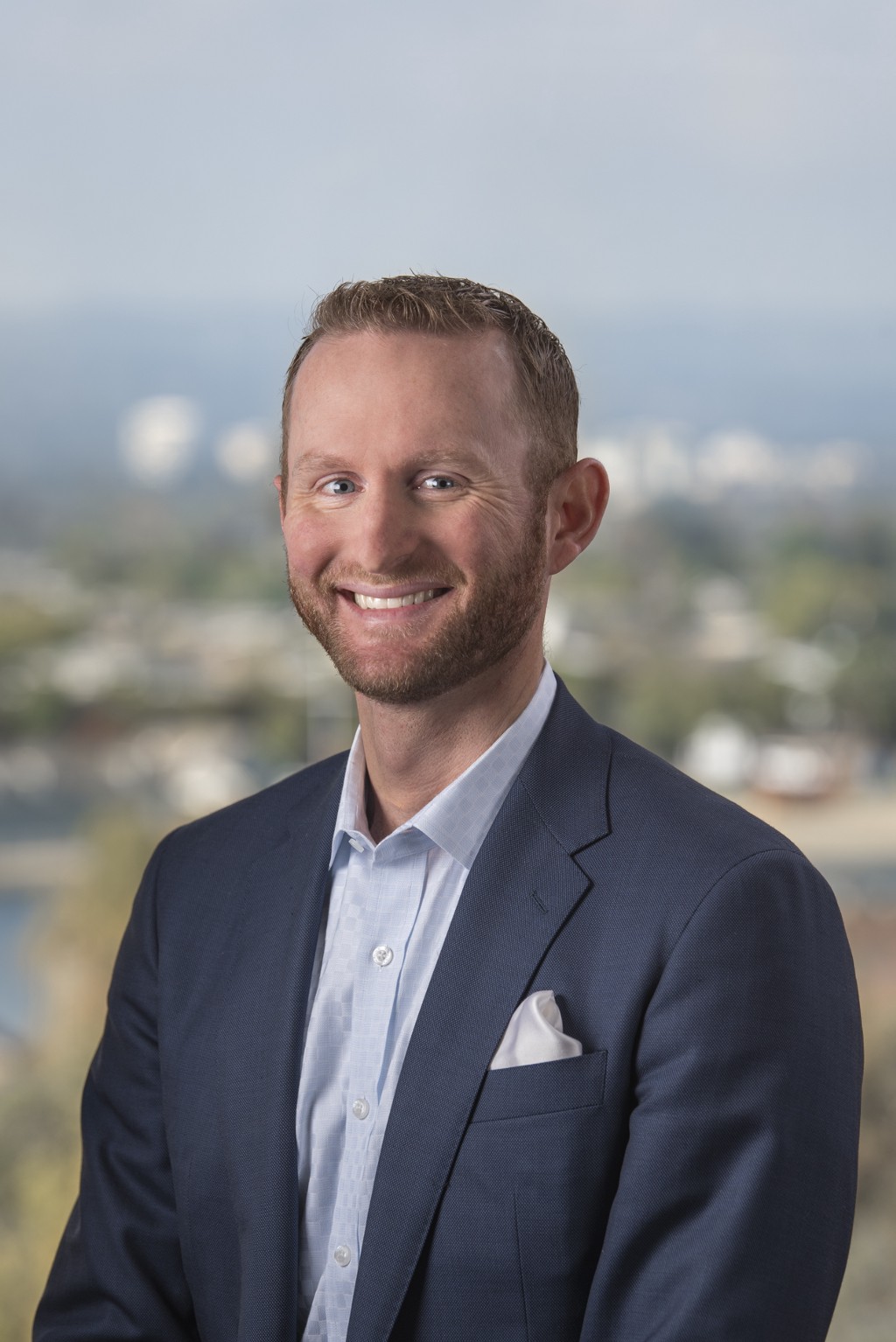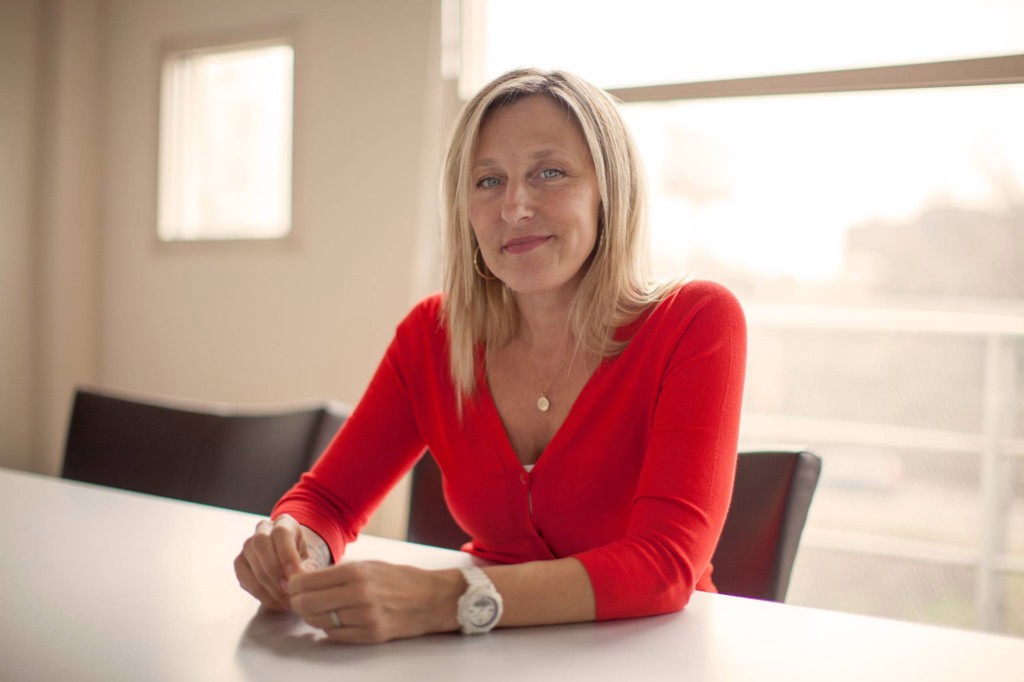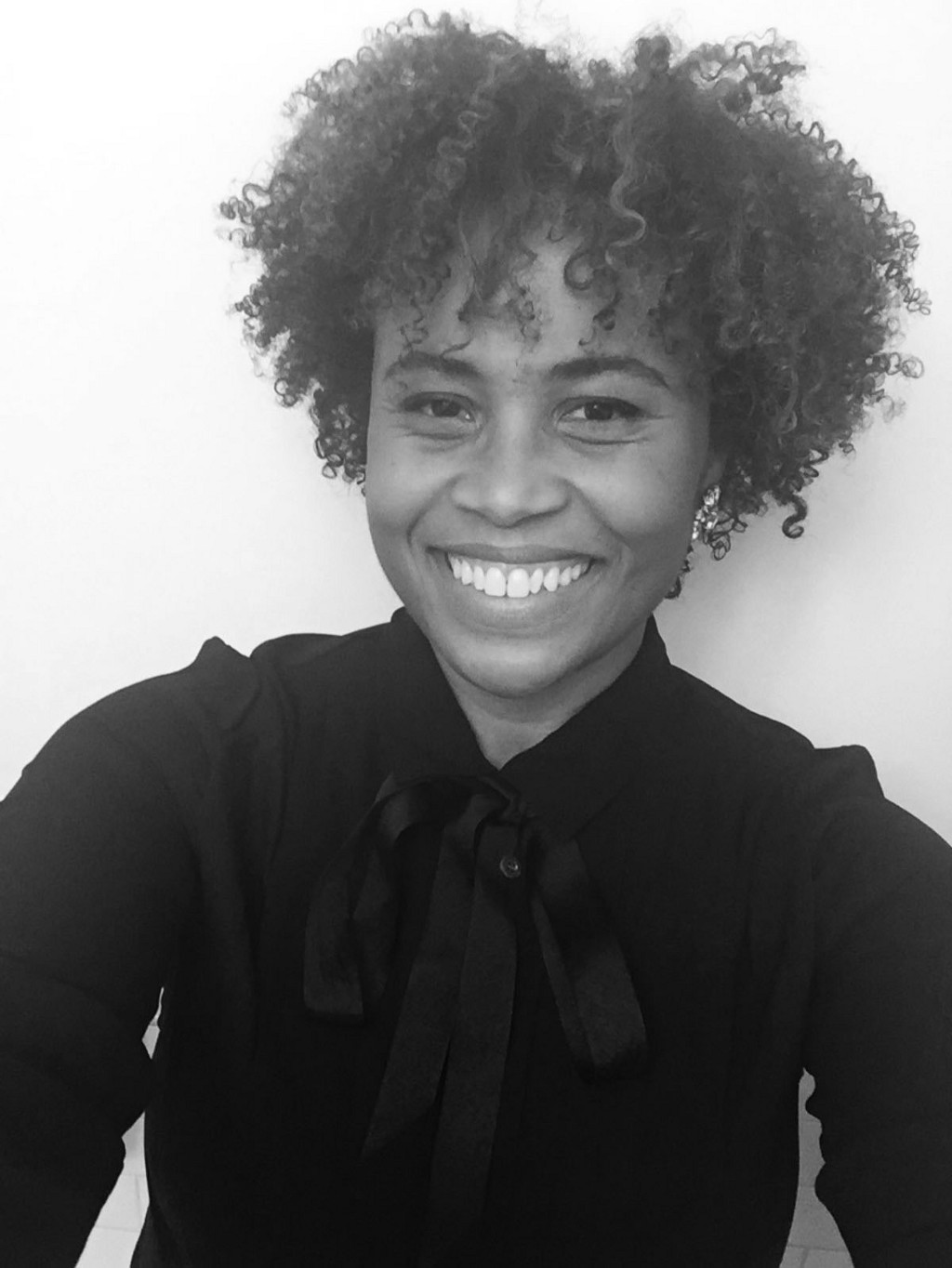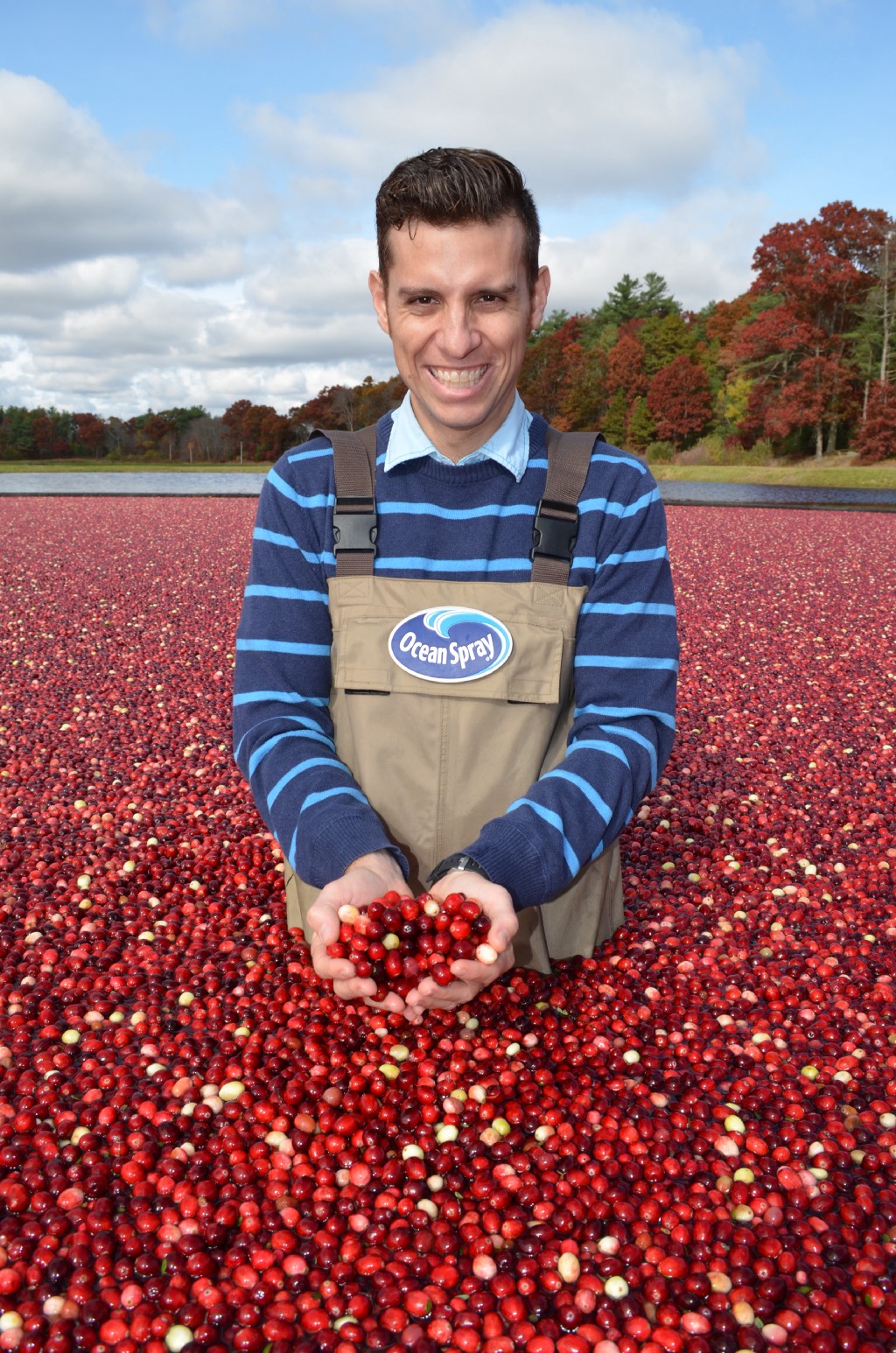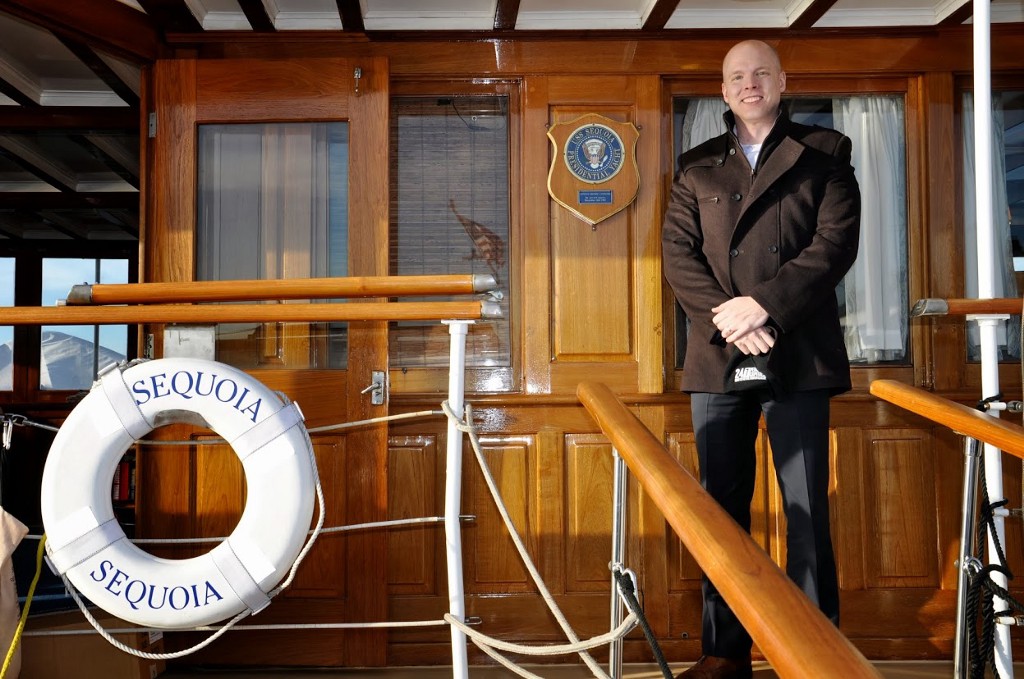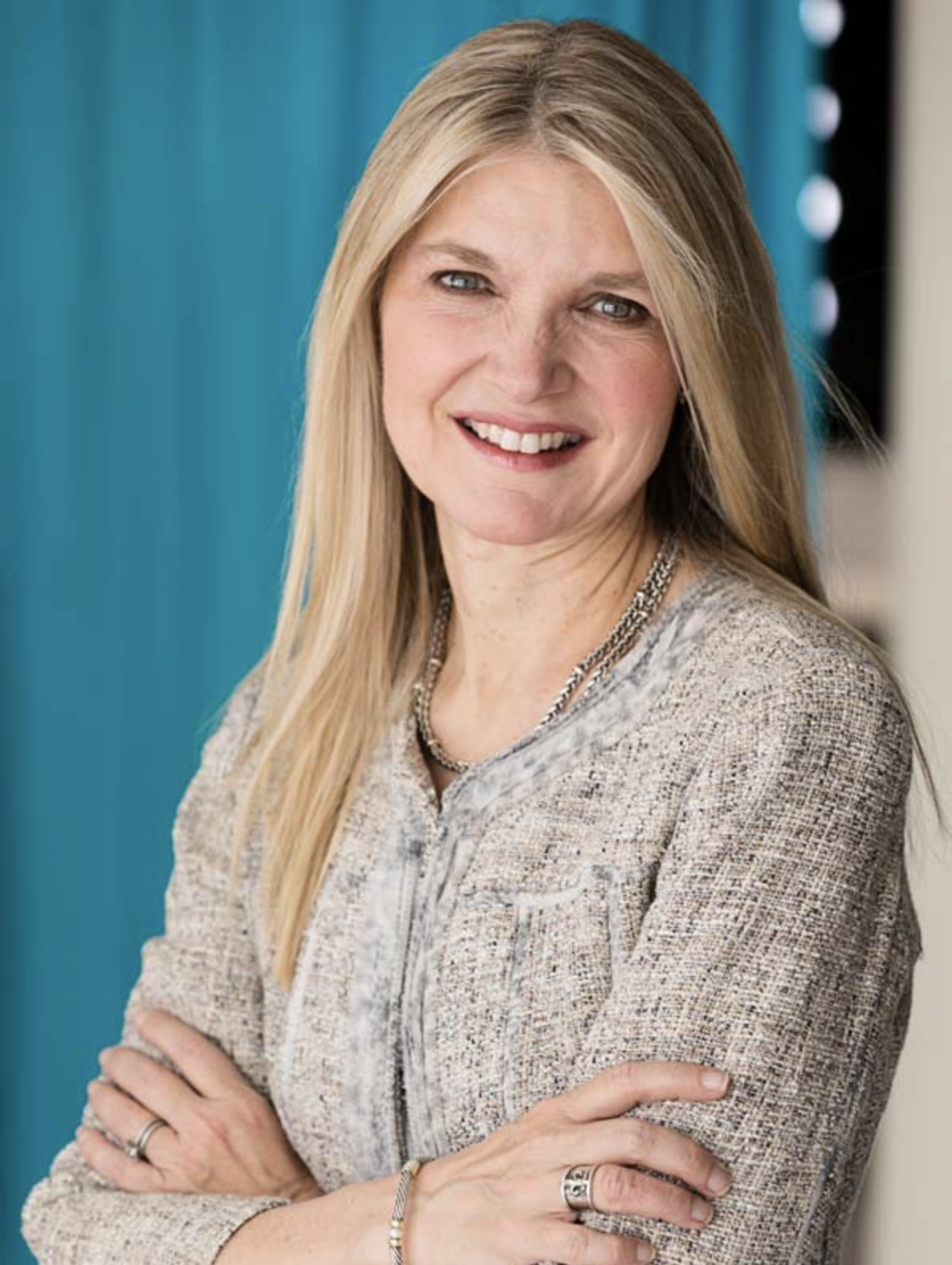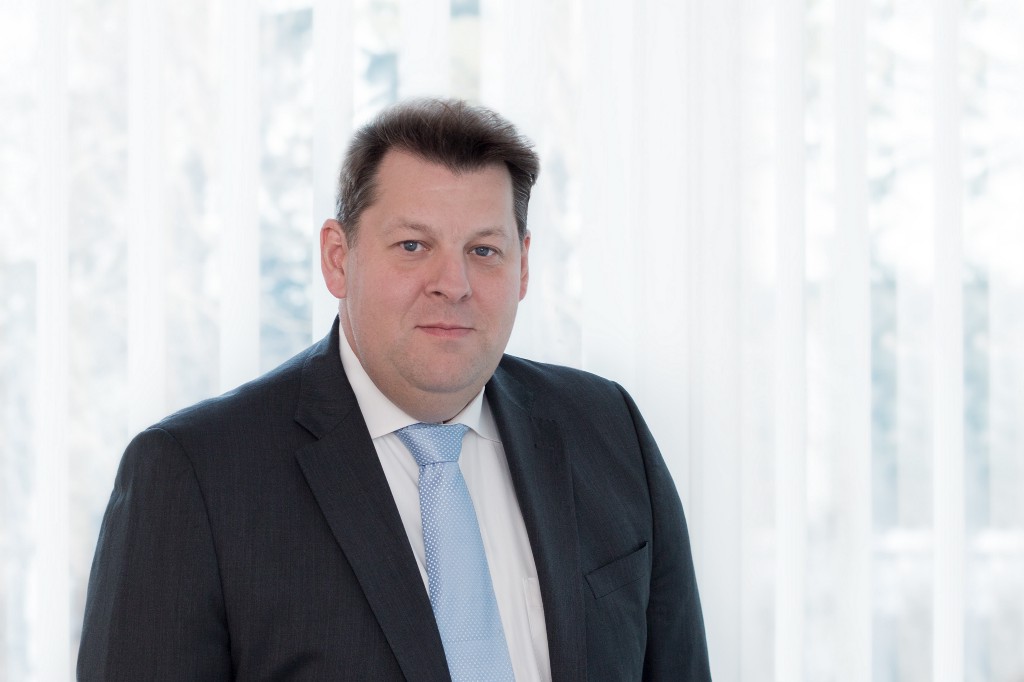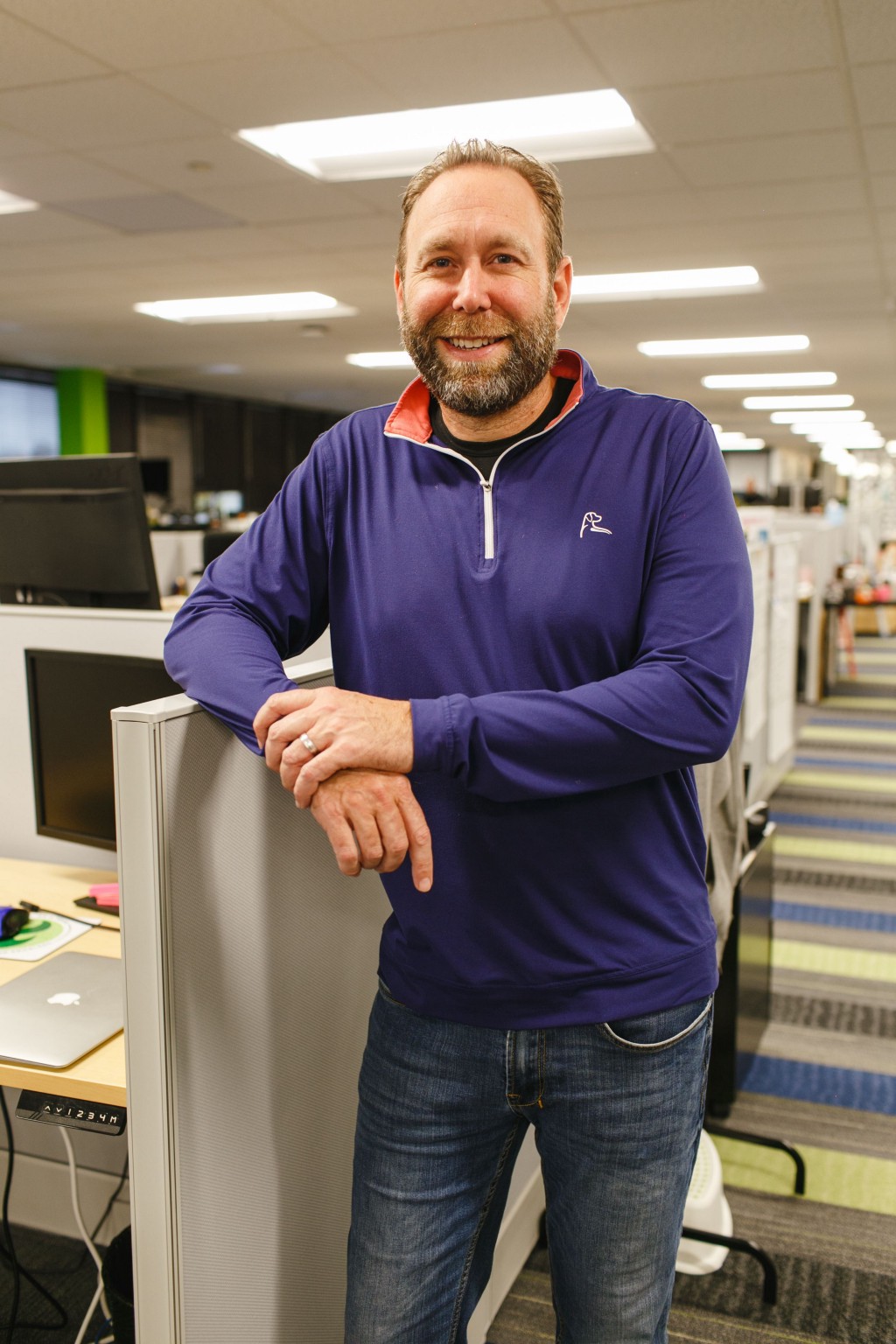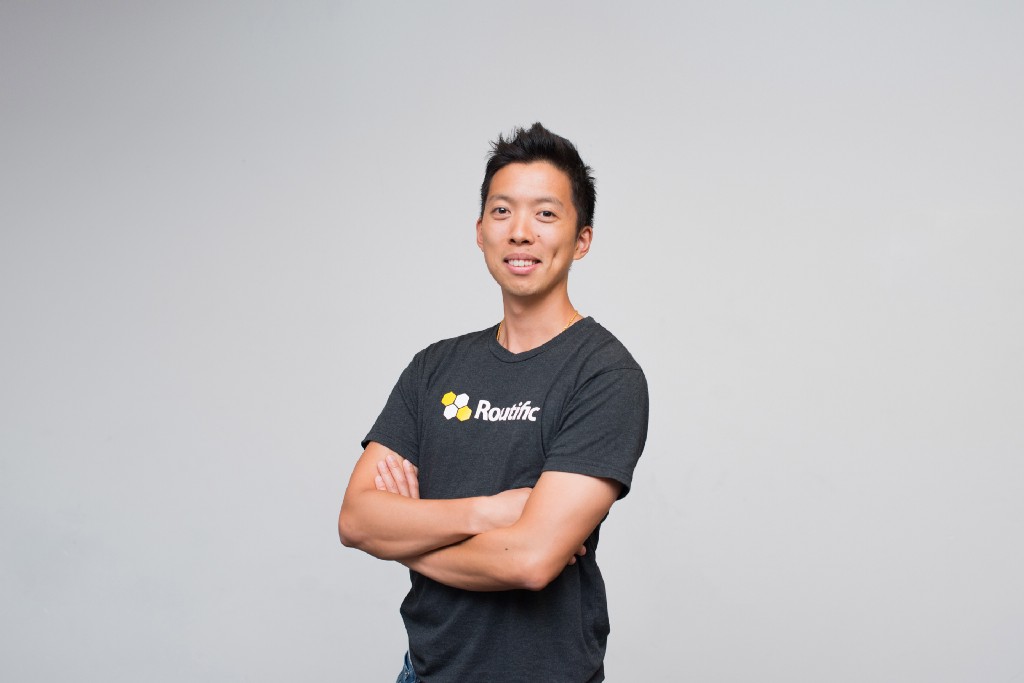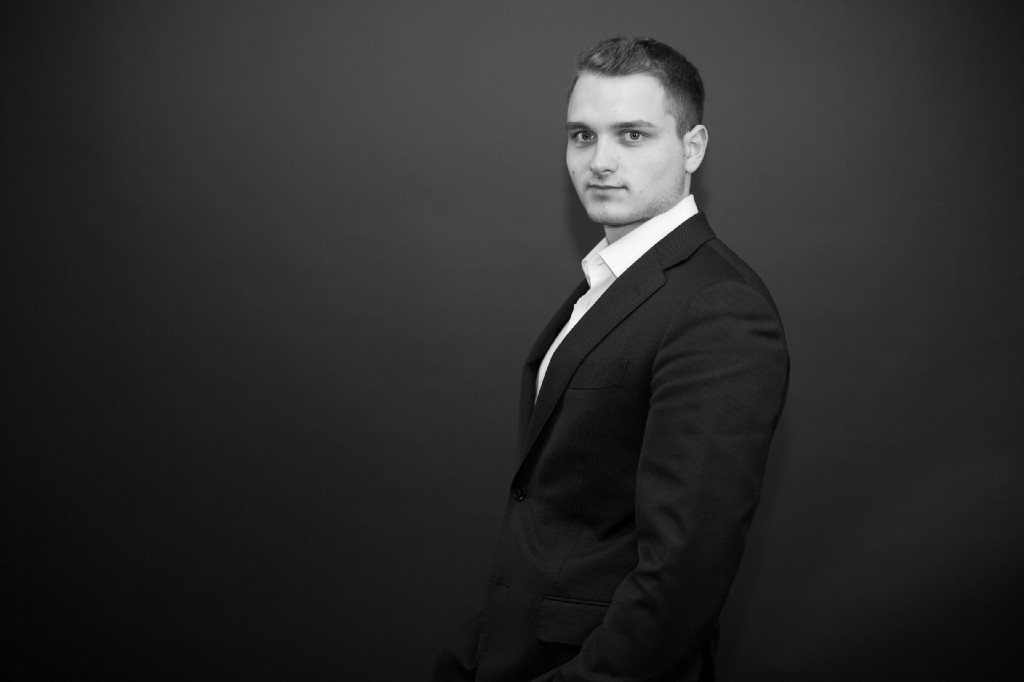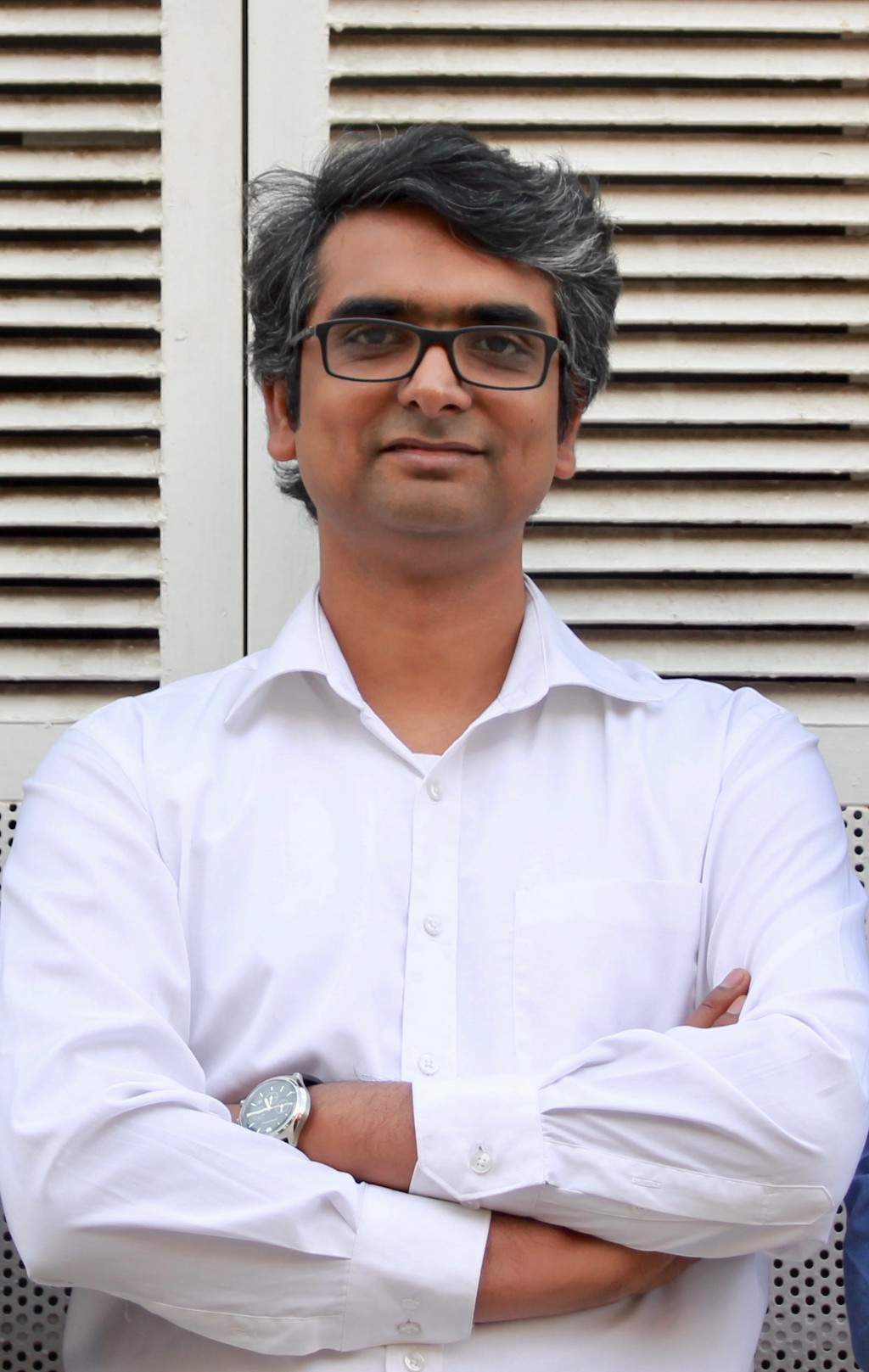Providing honest feedback to a remote team member can be tricky. For it to be effective and positive, it starts with the relationship. If the operations or business manager has taken the time to build team relationships, then any constructive criticism will be more palatable. Personally, if the feedback is weighty, I like to schedule a 1:1 Zoom meeting with the team member. At least that way, body language and facial expressions can be read more easily, and you’re less likely to offend your team member.
As a part of our series about the five things you need to successfully manage a remote team, I had the pleasure of interviewing Starr Oldorff.
Starr Oldorff has been successfully managing remote teams and remote day-to-day operations for the last 6 years for entrepreneurs with online brands. Starr leads a virtual business support services company and has seen just about every virtual business challenge possible. She has deployed a system to manage multiple remote brands simultaneously and is ready to share these tips with the world.
Thank you so much for doing this with us! Before we dig in, our readers would love to get to know you a bit better. What is your “backstory”?
My “career” has truly been a journey and many lessons in discovery, opportunity, and listening to my gut that has led me to where I am right now.
I’ve always had an entrepreneurial mindset even before I truly knew what that meant. In my early 20s, I wanted to own a bakery. My Dad, who became a super successful serial entrepreneur after an amazing career as an insurance executive, guided me away from that saying it was hard to make money with that kind of business. Later on, when times were financially tough for me as a single parent, I started a lunch delivery service, which did pretty well — I just didn’t know how to create a positive cash flow or to scale that type of business.
In between all of my ventures into owning a business, I chose not to go the corporate route, which meant small business working in various capacities, either searching for better opportunities or taking the ones that came searching for me. As a result, I learned the small business model like the back of my hand. In all this, I even had the opportunity to work in the C-Suite on a local nonprofit that was about to go under, leading it and the board to increased cash flow, new programs, and new partnerships.
My biggest opportunity, which is why I’m at where I am today, came just when I finished up my business degree — perfect timing.
Owning a business teaches a person so much about themself. Really, it brings to light who they really are, their gifts and talents, and where they need to grow. I learned a lot of things about myself, but the things that I’ve learned that people come to me looking for is the ability to stay steps ahead of my clients, the way I approach things — in terms of step by step systems and processes, and that I’m a very empathetic person. All of which make leading teams and managing businesses something that feels very inherent and natural for me.
Can you share the most interesting story that happened to you since you started your career?
A few years before I started my own business, I was working in a cultural heritage that had a strong foundation in land preservation and agriculture. My title was executive assistant, yet I did everything from project and event planning and implementation, grant writing, strategic planning and more.
In all of this, it was necessary for me to work with leaders in local, state, and federal government, higher education, and business. This is how you accomplish your purpose in nonprofits. I also had the pleasure of working closely alongside board members. One board member in particular was a politician who had strong connections with many well-known leaders.
We were working on a project one day and he told me that I should be a virtual assistant and start my own business, that I’d be great at it. I’d never heard of it before. He explained it as doing the same thing I was doing at the time only working virtually with clients everywhere.
I liked the idea but didn’t understand the online business model and was finishing up my business degree. So, I filed it away in my mind and would think about it every so often.
A month after I graduated with my BSBA, I received phone call from someone I’d known for decades who knew my work history well. She offered me an opportunity to work as an independent contractor in her growing virtual assistant business.
My decision was not immediate. I was concerned that I didn’t know the online business model and all the tech that went along with it. She convinced me that I’ll learn it before 3 months’ time.
I said, “Why not?” and took the unexpected opportunity that came my way. Here we are almost 7 years later with a successful online business services support company.
Can you share a story about the funniest mistake you made when you were first starting? Can you tell us what lesson you learned from that?
One of the funniest mistakes (in hindsight, not in the moment) when first starting my business was quitting my job at the nonprofit I was working just after 3 months of starting my own business. I had replaced my income (which wasn’t all that much), was tired from the trying to build a business and hold down a job, and thought, “Woo-hoo! I have this all figured out!” All of my first clients were coaches living in two-income households, and what I didn’t know was that they all took extended vacations in the summer (some were month long), which meant less or no work for me. I was working hourly when I first started my business. Imagine what having a 30 to 60-day loss or decrease in income could do to someone who was a single parent at the time, not coming from corporate, who was bootstrapping a startup. I was barely able to keep my head above water. It was a hard but valuable lesson for me. And that lesson is a simple one: watch your cash flow. I now have a tight system in place for managing cash flow and take a quick look at my money daily, more in-depth weekly.
What advice would you give to other CEOs or founders to help their employees to thrive and avoid burnout?
Burnout can be an issue for remote team members and employees for several reasons. Firstly, if someone is amazingly skilled at what they do, projects and tasks are rarely in short supply. Secondly, most team members I’ve had the pleasure of working with are self-starters, go-getters, achievers, and proactive in their work. They are constantly setting the bar higher for themselves. Thirdly, they understand the value they provide to a company and honestly don’t want to say “no” to the “boss”. And lastly, ineffective pricing strategies (if contractors have their own businesses, which most do) can create an environment where one would feel obligated to take on more work to make more money or grow their business.
When working remotely is thrown into the mix, burnout can become a serious issue resulting in less than stellar performance, health issues, and personal relationship issues.
What is the solution for all this? The best thing a CEO or founder can do to help their team thrive at what they do and avoid burnout is to create company values that reflect the life you want to have for yourself and for your team, and then live and breathe those values. Make sure your team knows what they are and talk about them often. Live them in your decision-making and actions. For example, if a balanced view of business and life important to you, then try to have four-day work weeks as often as possible. “Close” for bank holidays even if you run a virtual business, so everyone can take a break and enjoy family, friends, and travel. Don’t pressure team members to work during their time off by giving them last-minutes tasks and projects or reaching out to them “after hours”. Encourage balance. Talk about it. Create an open and honest environment where you can talk about things like how to handle task implementation if a team member gets COVID-19, goes on vacation, or has unplanned family responsibilities. Check in to make sure the workload you’re giving them is manageable, and if it isn’t, have a backup plan to bring on other team members to help with implementation.
Ok, let’s jump to the core of our interview. Some companies have many years of experience with managing a remote team. Others have just started this, due to the COVID-19 pandemic. Can you tell us how many years of experience you have managing remote teams?
I started my virtual business in January of 2014. I knew I wanted to manage businesses and teams virtually, but I chose to start with task implementation to give myself time to learn the online business model. Gradually, I started offering Online Business Management and Project Management as offerings. While the job tends to fall on me on most teams, I had my first full-blown remote team management position starting in August of 2018.
Managing a team remotely can be very different than managing a team that is in front of you. Can you articulate for our readers what the five main challenges are regarding managing a remote team? Can you give a story or example for each?
The 5 main challenges of managing a team remotely are:
- Hiring the right person — It can’t be emphasized enough to hire the right person for the job and for the company. The right person is someone who has the same values as the company, who is positive, who is proactive in their work, and who is a team player. Let’s take proactivity, for example. Proactive individuals will take responsibility for making sure they have everything they need to complete a task or project. They’ll ask questions. They are aware of deadlines. They deliver the work on time or ahead of time without the business manager having to go looking for deliverables.
- Not using a project management tool — I can’t emphasize enough the importance of using a project management tool. It’s a key part of leading a remote workforce or the online business model. Let’s get real here. The inbox is not the most efficient or effective way to manage a remote team. Things get lost, get hung up in servers and firewalls, or land in spam. The best way to manage a remote team is by using a project management tool. There are several options to choose from. My preference is Asana. It’s simple and doesn’t have a steep learning curve. Using a project management tool allows you to keep all project communications in one place, assign tasks and due dates, manage repetitive day-to-day operations, as well as special projects such as a product or program launch or website build. All of these features contribute to accountability, save time, and save money.
- Lack of systems and processes — Most traditional brick-and-mortar businesses have systems and processes in place for how they do business, often in an employee handbook or the worker end of it, and training processes set in place for new hires or changes in policy. Some systems and processes will stay completely the same on transitioning to a remote workforce, some will need tweaking, and some will have to be scrapped completely with new systems and processes set up and implemented. Managing a remote team can’t be done successfully by using obsolete systems and processes. It’s like trying to fit a square peg in a round hole.
- Lack of communication — Next to building solid relationships, communication is always key to a successful team, even more so when you don’t have the luxury of seeing each other, taking breaks together, etc. It’s how you keep your workforce engaged and committed to the work at hand, the company vision and success. Lack of communication leads to all kinds of inefficiencies and costs money.
- Providing incomplete instructions, steps, and supporting links and documents for remote team members to implement successfully — What I’ve learned since starting my online business is that management projects, tasks, team, and even clients, is not one size fits all. Each team member digests their task or project instructions differently. Those who think in terms of process tend to be list checkers. The creatives like visuals. Some need each and every tiny step laid out for them to read through and check off. Some just want the high-level steps because they know the small stuff. Most don’t like tasks that are laid out in levels like 1, A, a, b, 2, B, a, b and so on because they might miss something. So, it’s important to take this into account as much as possible to create maximum efficiency and effectiveness, reducing the chance of errors. That being said, if you are managing a large team, the opportunity is limited due to time constraints. Web developers may like a link to another website that is similar to what you want. Same with the graphics person. The copywriter may need some thoughts and verbiage on the message she needs to create to represent the company accurately. Point is, give everyone what they need up front, so you don’t have to go back and do it anyway.
Based on your experience, what can one do to address or redress each of those challenges?
See above.
In my experience, one of the trickiest parts of managing a remote team is giving honest feedback, in a way that doesn’t come across as too harsh. If someone is in front of you, much of the nuance can be picked up in facial expressions and body language. But not when someone is remote. Can you give a few suggestions about how to best give constructive criticism to a remote employee?
Providing honest feedback to a remote team member can be tricky. For it to be effective and positive, it starts with the relationship. If the operations or business manager has taken the time to build team relationships, then any constructive criticism will be more palatable.
Personally, if the feedback is weighty, I like to schedule a 1:1 Zoom meeting with the team member. At least that way, body language and facial expressions can be read more easily, and you’re less likely to offend your team member.
Always start with commendation and what you appreciate about them. It makes the feedback easier to take.
Be empathetic, put yourself in their shoes, keeping in mind the level of work that needs to be attained.
For less serious feedback, I find that if you have the good relationship, if you are empathetic and kind, and if you start on a positive note, the feedback will be accepted without a problem. This isn’t for everyone, but I use a lot of smiley face emojis and celebration gifs when appropriate in my team communications because words in an app can feel cold and without feeling.
Can you specifically address how to give constructive feedback over email? How do you prevent the email from sounding too critical or harsh?
Providing feedback via email doesn’t always work that well, so I don’t recommend it. That being said, if it is the only option, again, I would make sure to have a good working relationship to start with. Start with genuine positive feedback and commendation on what they do well and what they are appreciated for. Then bring up the project that needs to be addressed and talk about the point in question. Ask them to share their thoughts and suggestions on what they think can make the situation better. Ask them to explain their thoughts on the issue at hand. The one who does the work can often provide valuable insight into ways to make improvements. Then I share my thoughts on what changes need to be made being open to any additional feedback they may have.
Can you share any suggestions for teams who are used to working together on location but are forced to work remotely due to the pandemic? Are there potential obstacles one should avoid with a team that is just getting used to working remotely?
Since the pandemic, I’ve read several articles about the reduction in productivity levels of traditionally brick-and-mortar teams who have been forced to work remotely. It makes me laugh because I know just how productive a remote team can be. This is not unusual and should be expected. Traditional businesses don’t have the systems and processes or experience for remote work. However, once all of this is worked out, these same companies will experience a rise in productivity that will be far greater than what they’ve ever experienced, which can result in lower overhead and increased profits.
Here are some suggestions on how to transition to a remote work force successfully:
- Understand the online business model. This starts with company leaders and works its way down. Do some research. Learn the differences and similarities. It’s not something that has traditionally been taught in business school unless you have an entrepreneurial focus.
- Put someone in the role of managing or facilitating with a newly remote team. Likely, this will be whoever did this before or it could be someone new who had experience in remote team management.
- Find and implement the systems and tools needed to manage a remote work force, day-to-day operations, and special projects. This won’t be email. It doesn’t work and it’s frustrating. My favorite project management tool is Asana. It’s simple to learn and use and has free and paid versions depending on company needs.
- Set up a central communication tool so team members know where to talk to each other besides email. Slack is a tool that’s easy to use and people like it. It also has free and paid versions. Channels can be set up in Slack to guide where the team communicates about what. Be sure to add a place for personal conversation. The “water cooler” has to be replaced. Project or task communication should be limited to the project management tool for efficiency and so things don’t get “lost”.
- Train the team transitioning to remote work on how to use the project management tool and any other new apps. Give everyone time to adjust to new tools and processes. Allow time for a learning curve. Productivity will rebound when the team adjusts to the new workflow.
- Schedule weekly team meetings via Zoom. The importance of this cannot be emphasized enough. Having Monday meetings sets the stage for the entire work week and weekly meetings keep the team engaged. Make it fun, make it personal, build and maintain those relationships. Again, it’s simple, inexpensive, and effective. Meetings can be recorded.
What do you suggest can be done to create a healthy and empowering work culture with a team that is remote and not physically together?
It all starts with growing relationships with your team. Get to know them and what’s going on in their life as you would a friend. Genuinely care for your team as people first, not just employees or contractors. It’s also important to take the time to get to know someone who you are thinking about bringing on to your team. There may not be a lot of time to do this, but try to learn their life values. See if their personality will mesh with that of your existing team. Look for balance in your team when it comes to strengths and weaknesses.
You are a person of great influence. If you could inspire a movement that would bring the most amount of good to the most amount of people, what would that be? You never know what your idea can trigger. 🙂
For myself, I really try hard to apply Biblical principles in my life. It’s a very positive and humble approach that yields positive results. I realize that’s not for everyone, so what I would recommend is to be empathetic in all your actions with other people. Truly put yourself in someone else’s shoes and try to look at life through their lens. This is important because every single person alive has a different reality, a different perception of life and what they experience. Their reality is theirs alone. So to create the best relationships, best experiences, and best outcomes, we need to try to look at life through the other person’s lens in any given situation with the goal of attaining peace, harmony, and working together.
Can you please give us your favorite “Life Lesson Quote”? Can you share how that was relevant to you in your life?
Unexpected opportunity is a vehicle for personal growth. Always be open to it. You never know where it will lead you.
Thank you for these great insights!
Starr Oldorff: Five Things You Need To Know To Successfully Manage a Remote Team was originally published in Authority Magazine on Medium, where people are continuing the conversation by highlighting and responding to this story.

